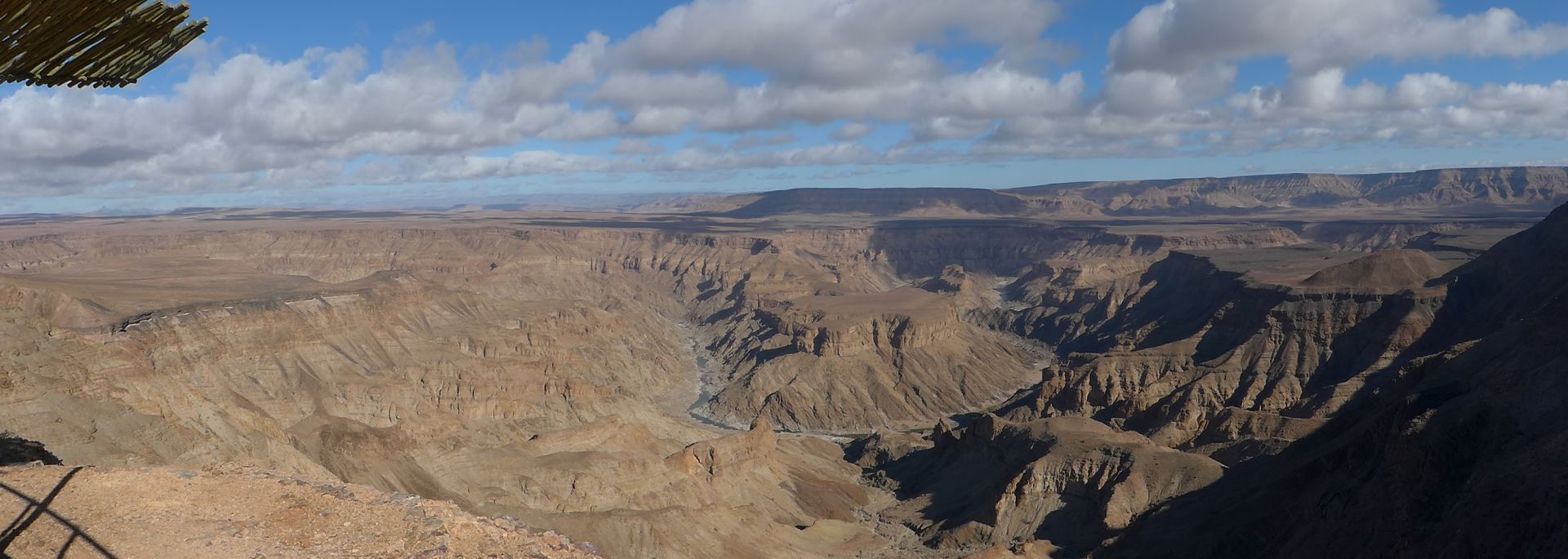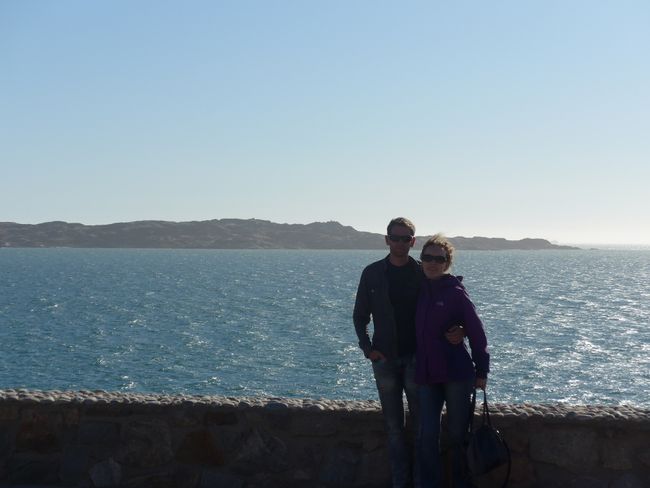Lutherstadt Wittenberg - in the footsteps of famous reformers
Foillsichte: 01.07.2020
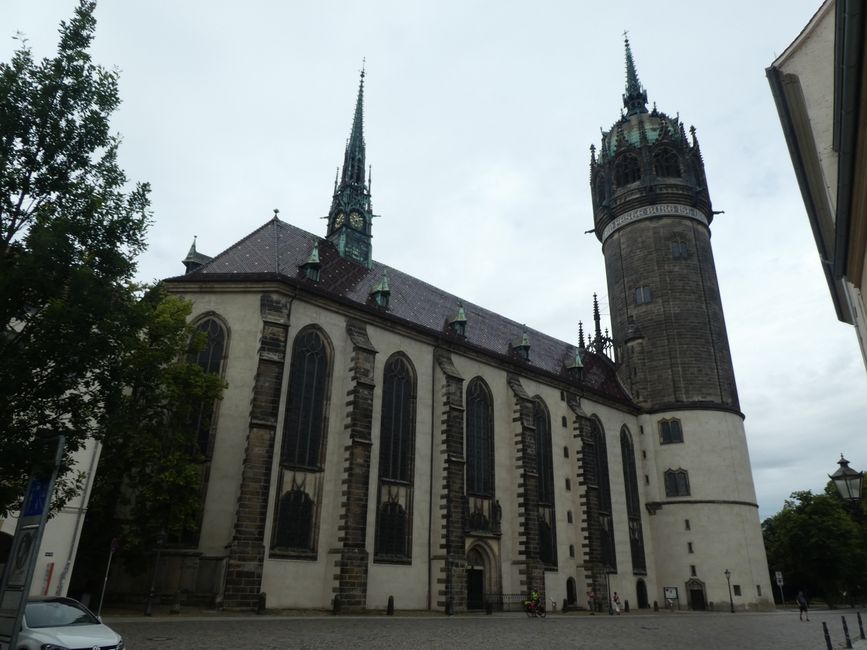
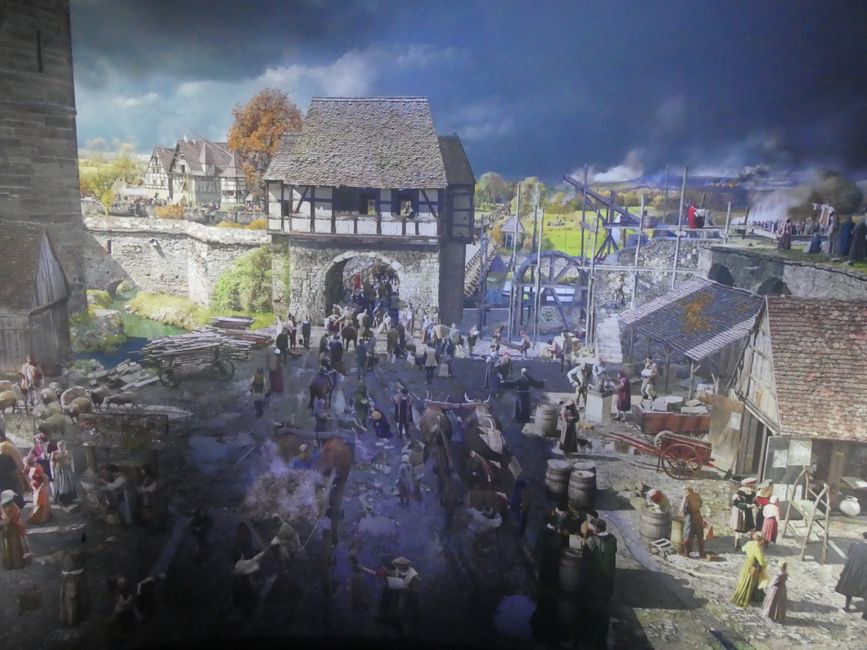
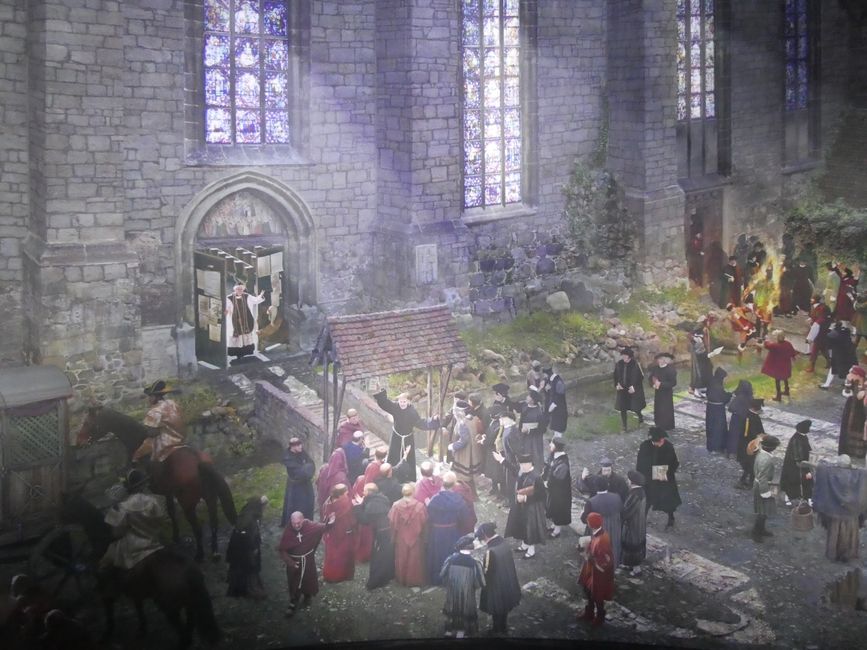
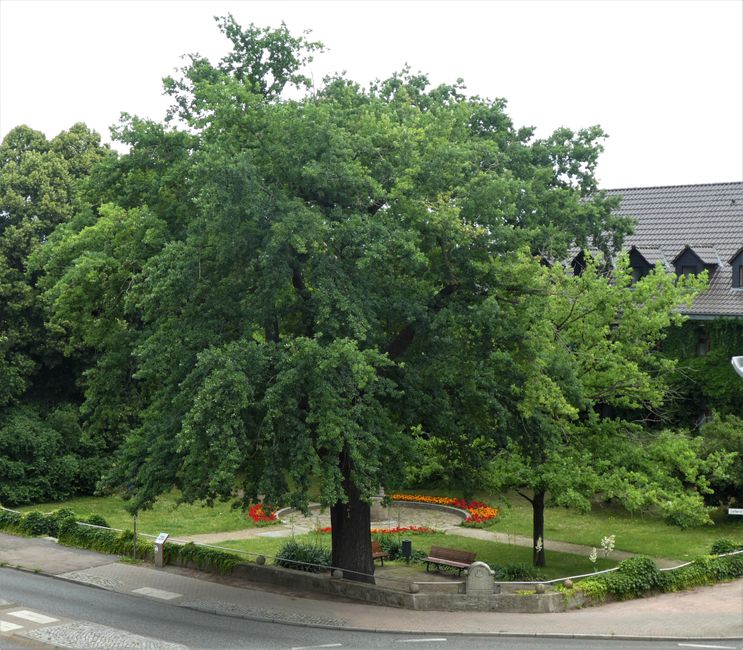
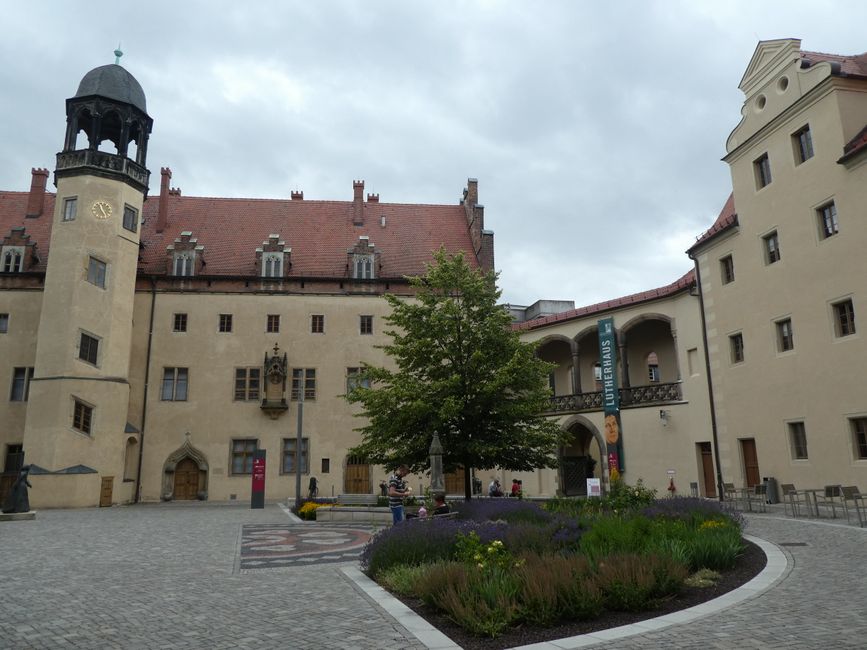
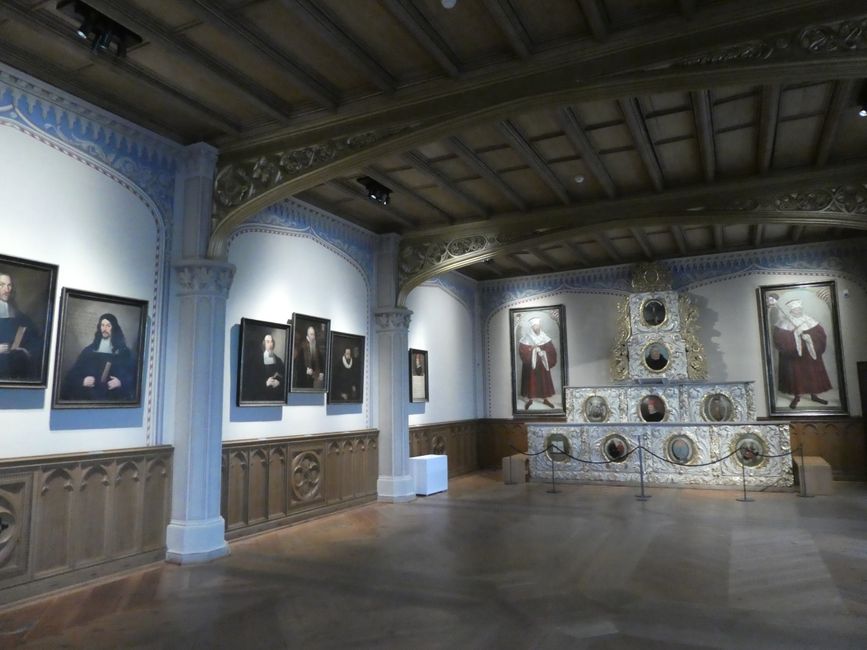
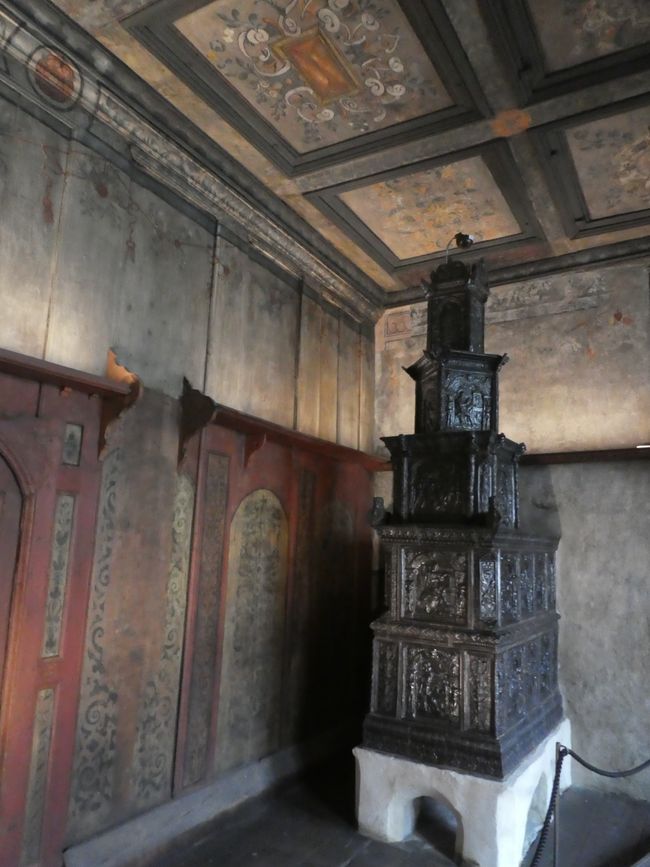
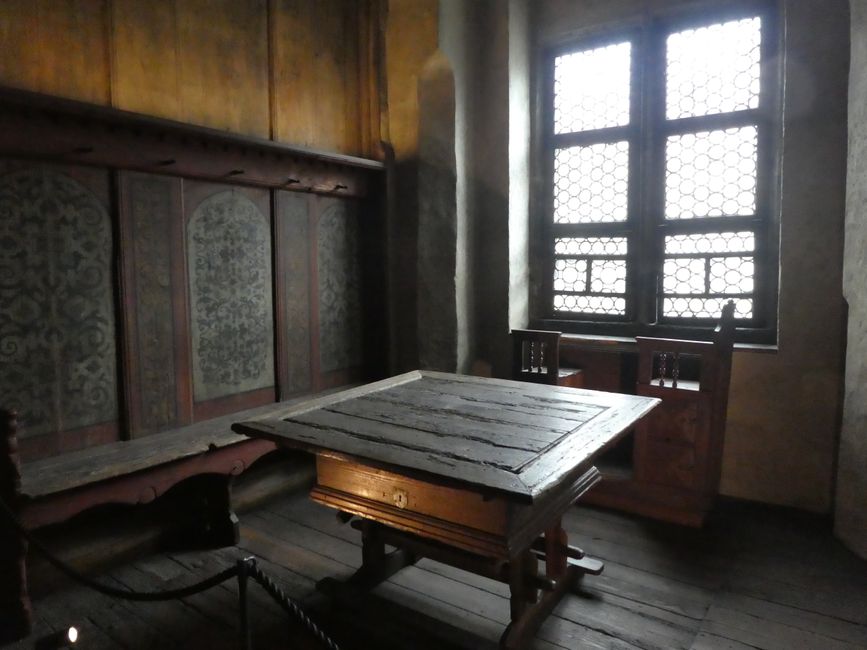
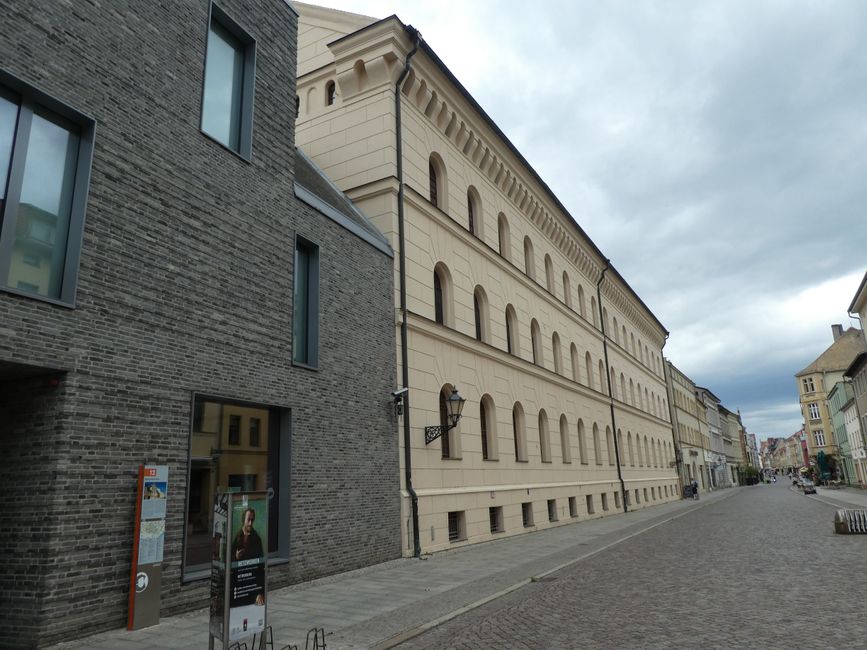
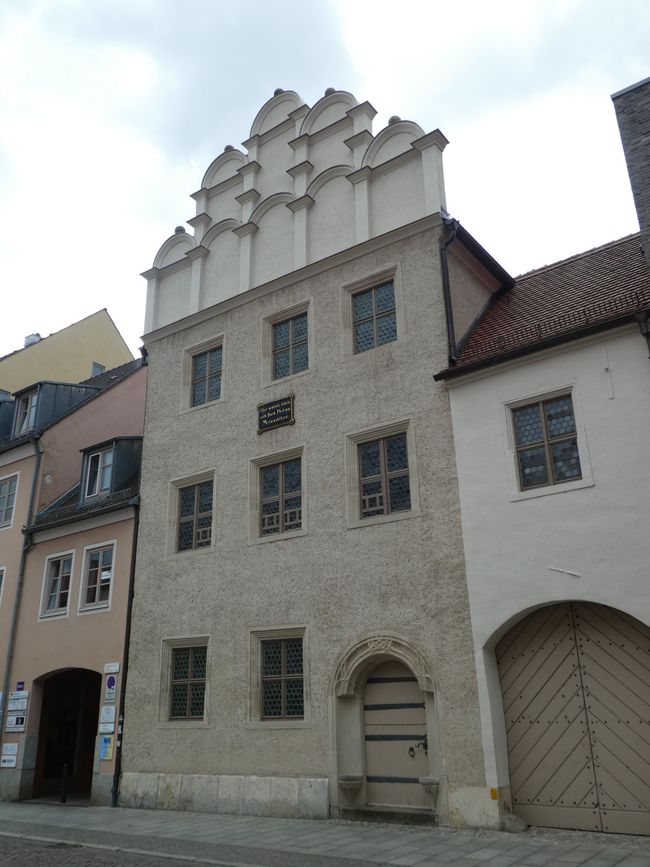
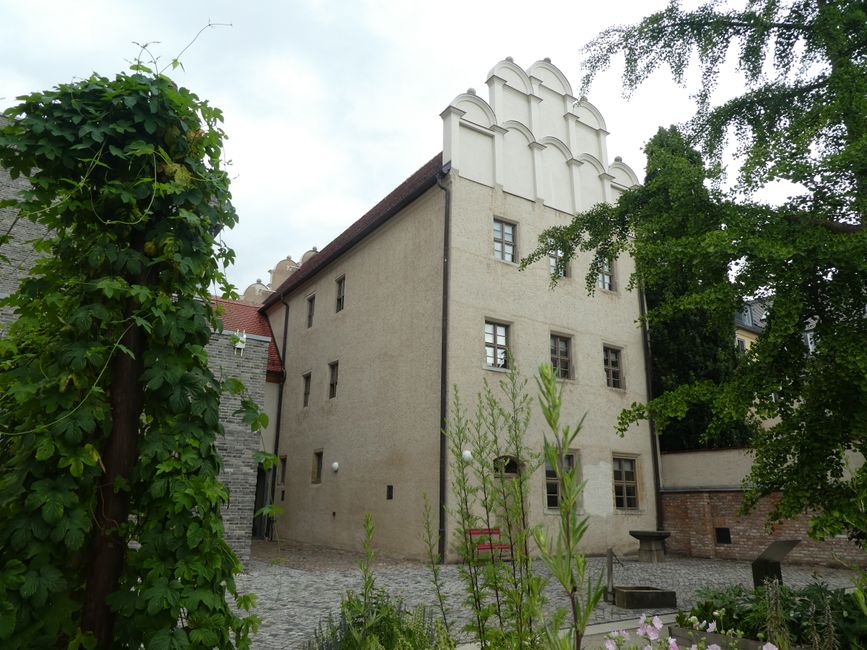
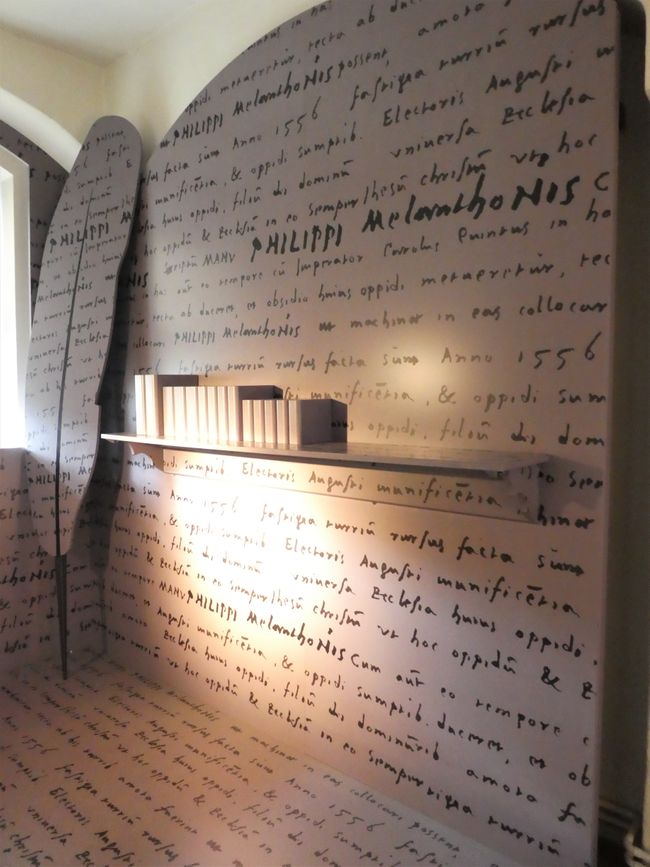
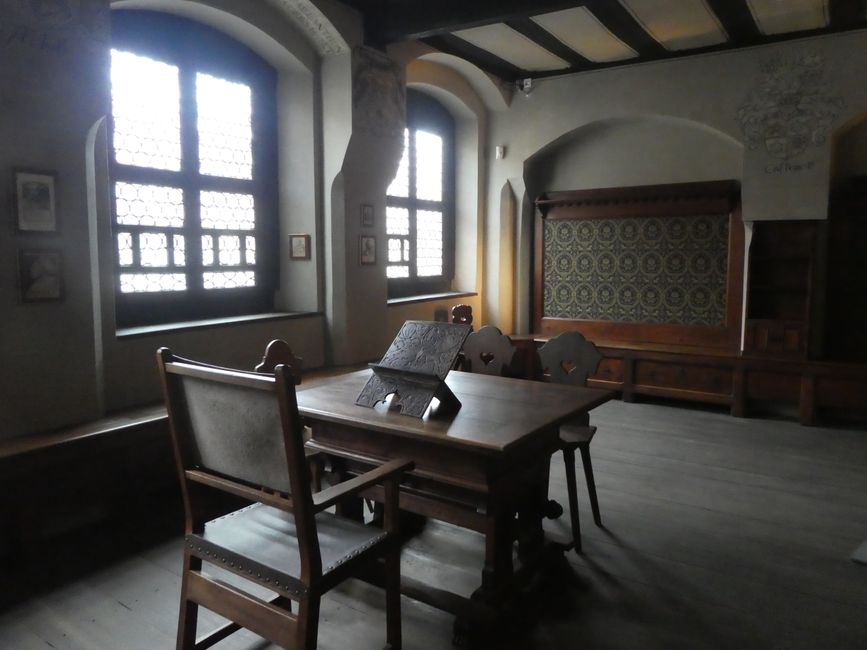
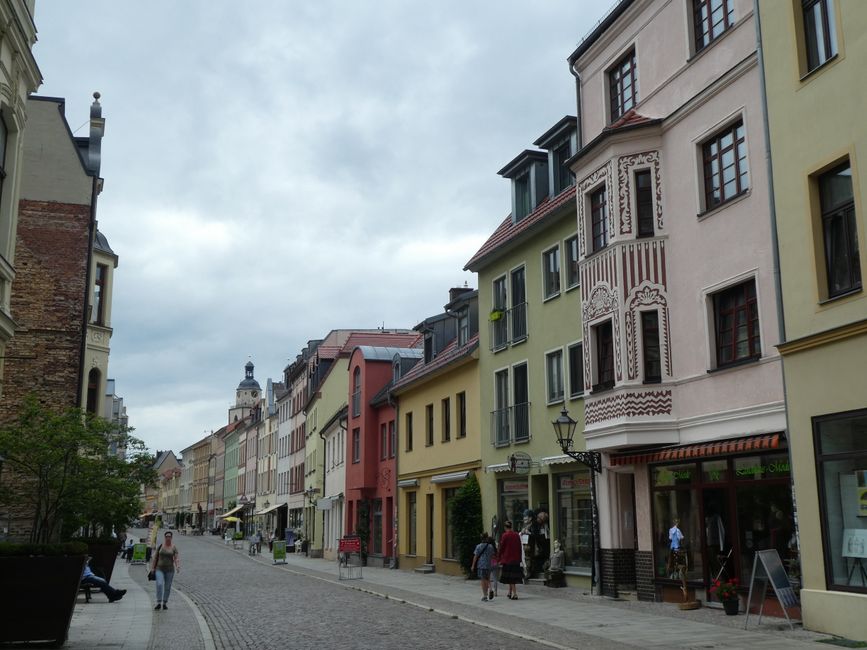
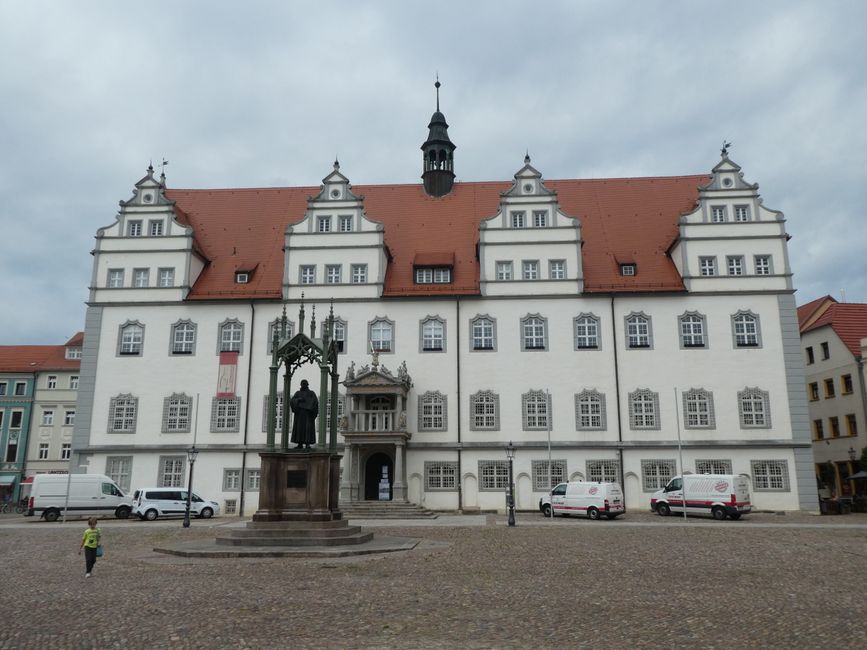
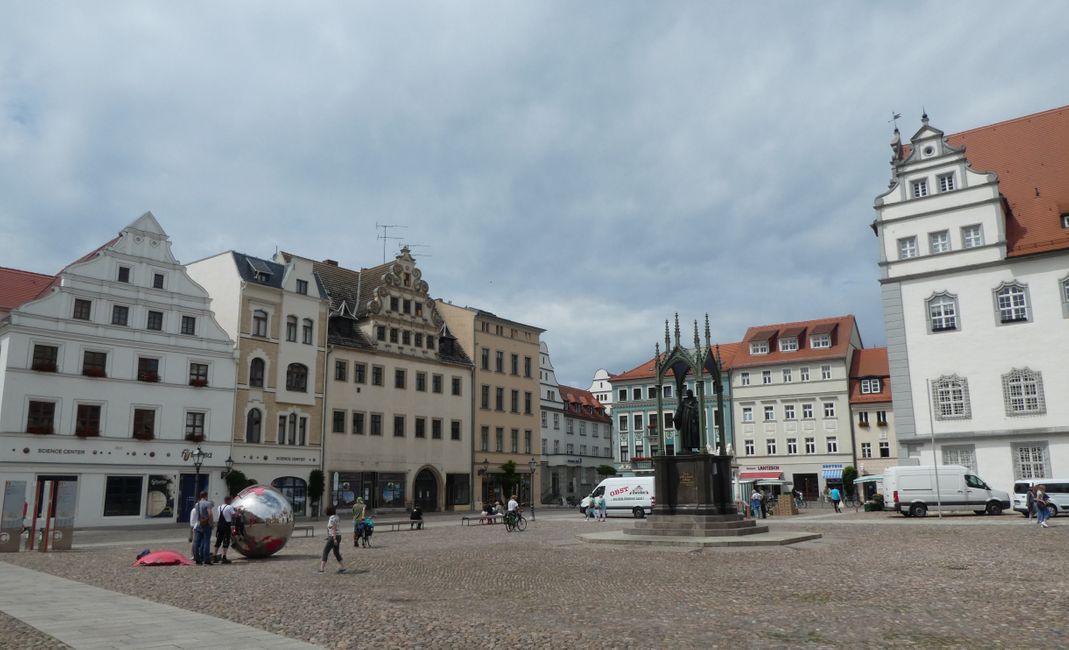
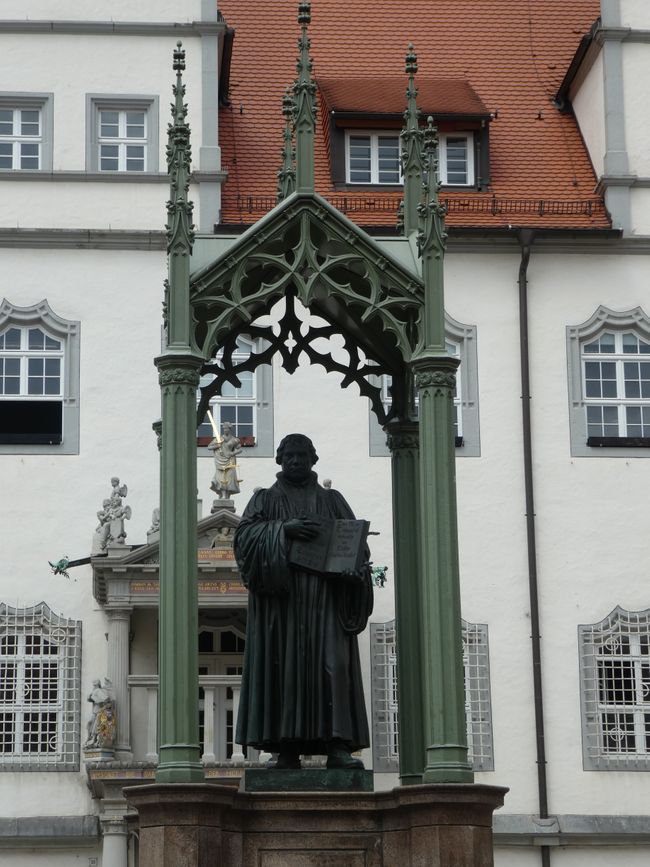
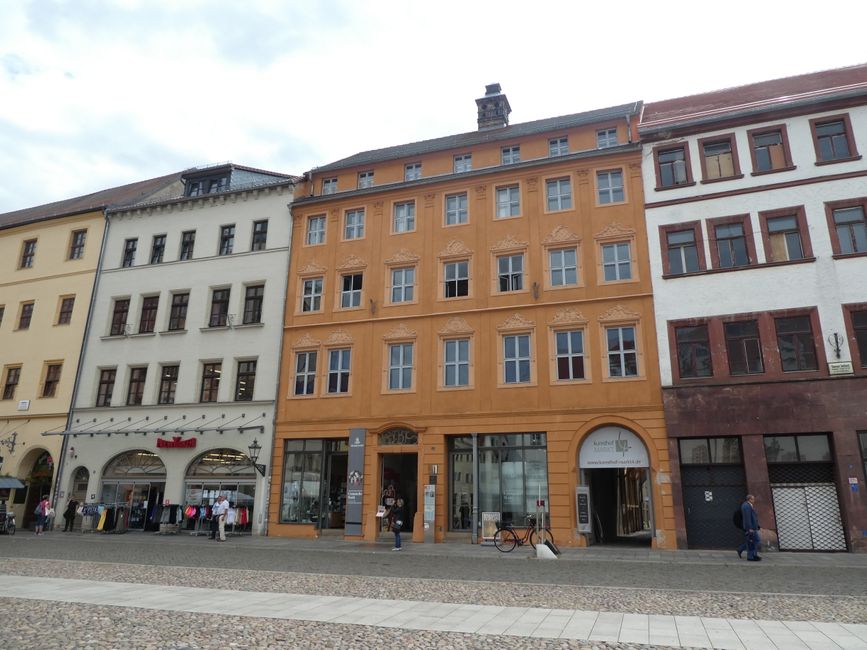
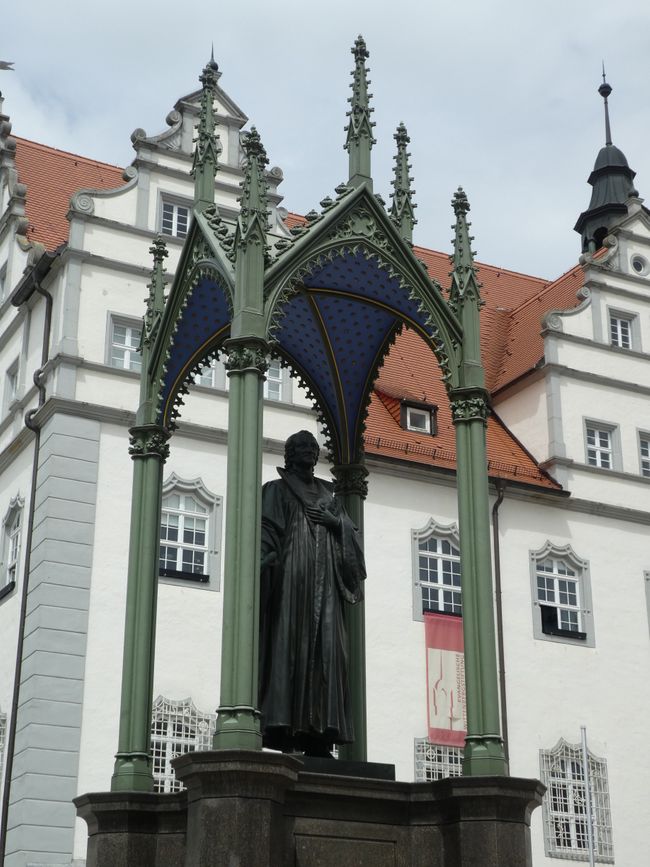
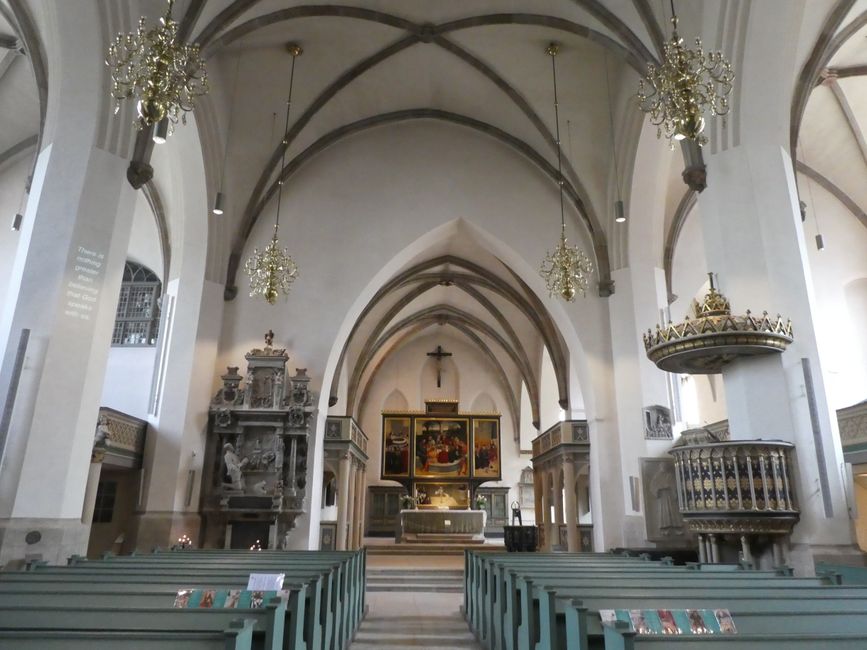
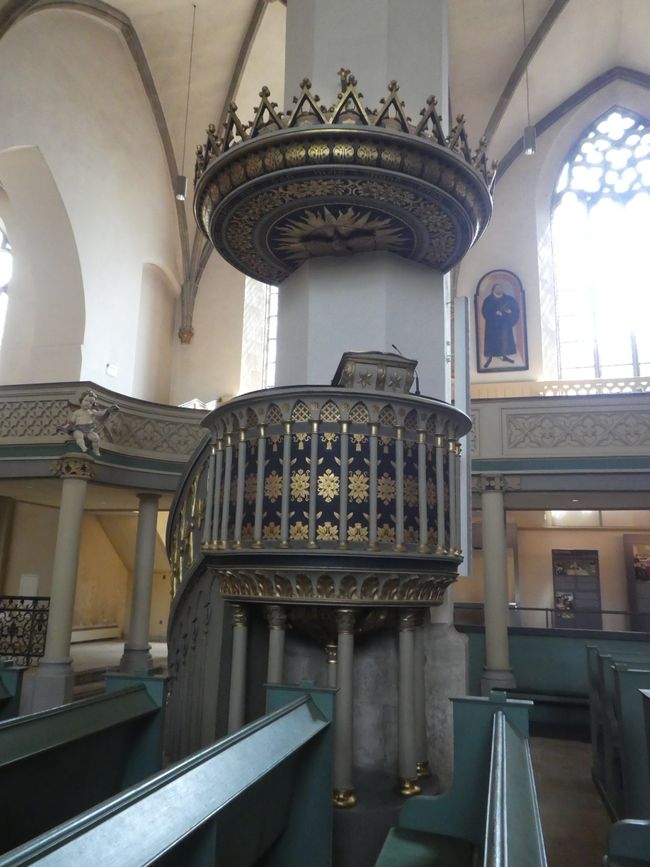
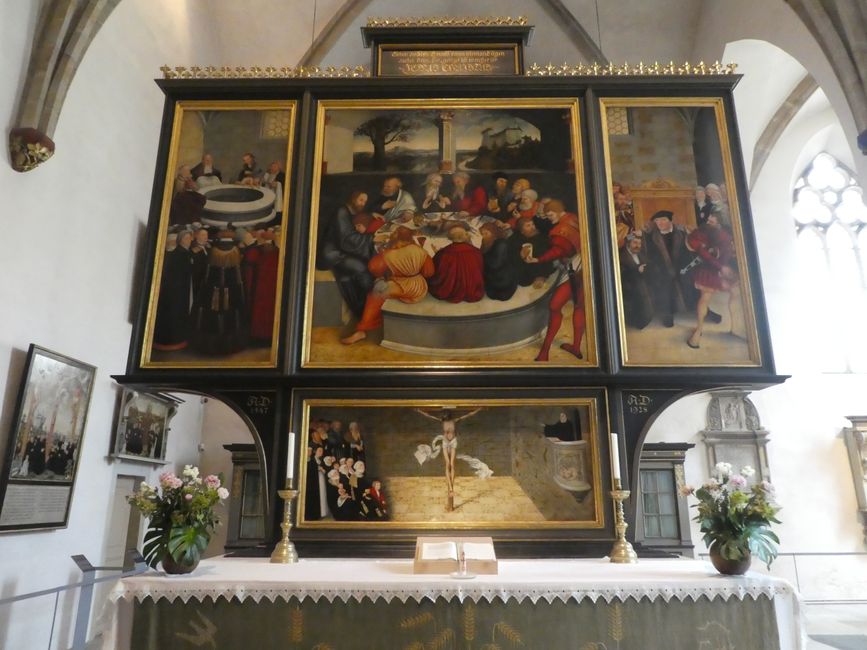
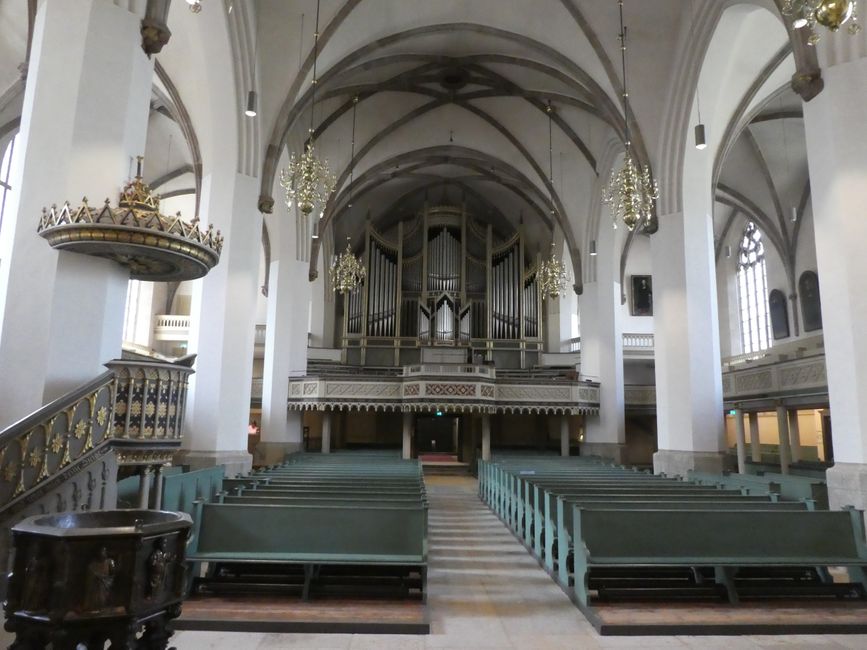
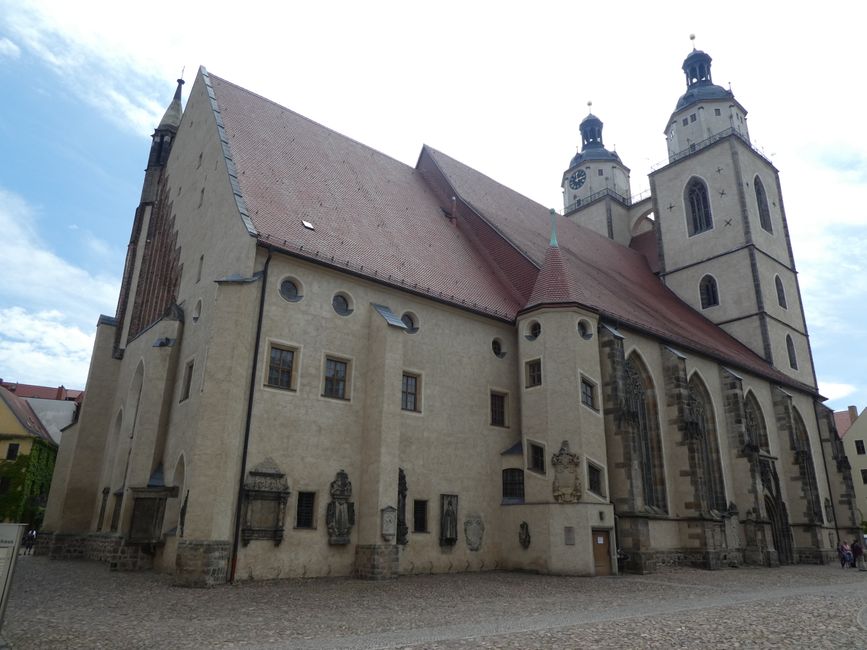
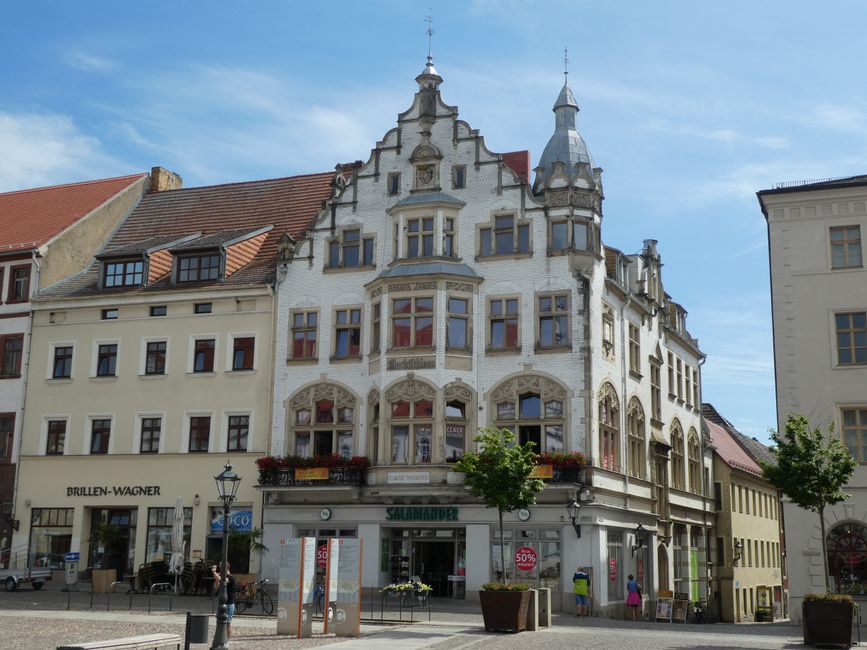
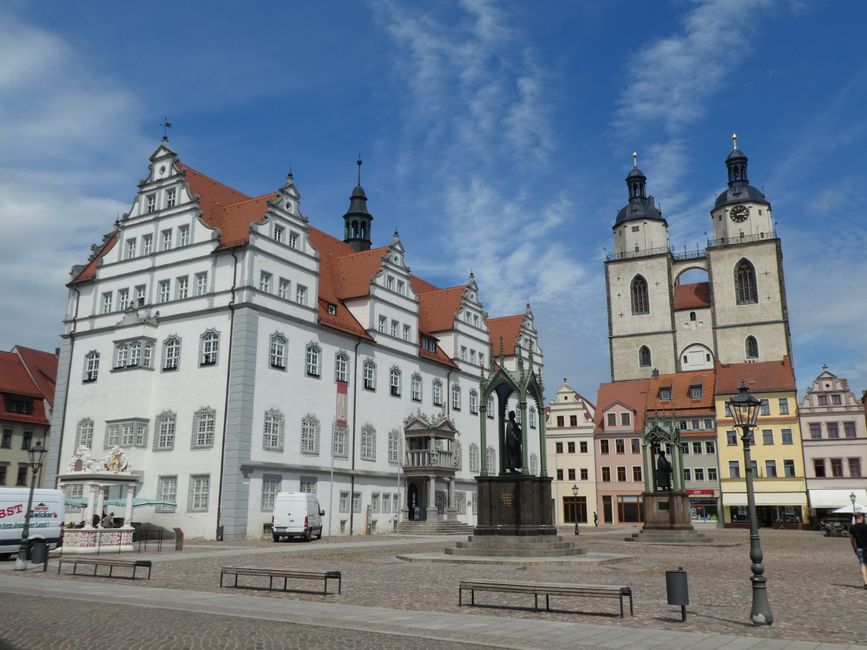
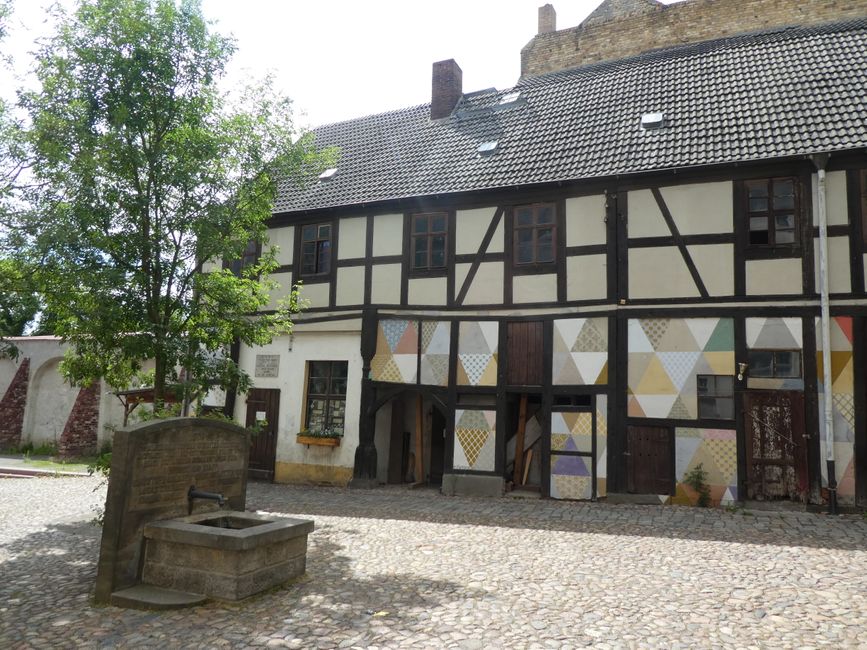
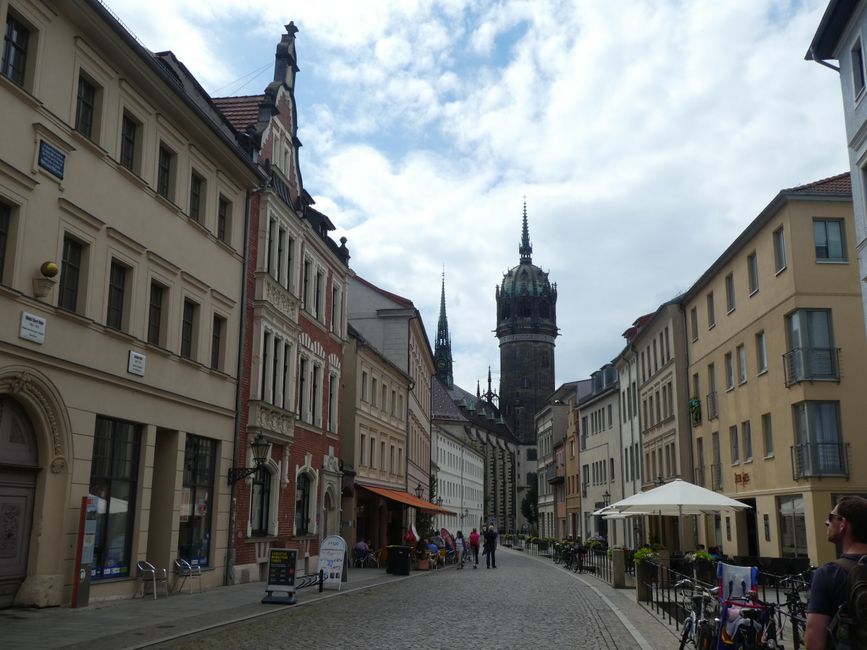
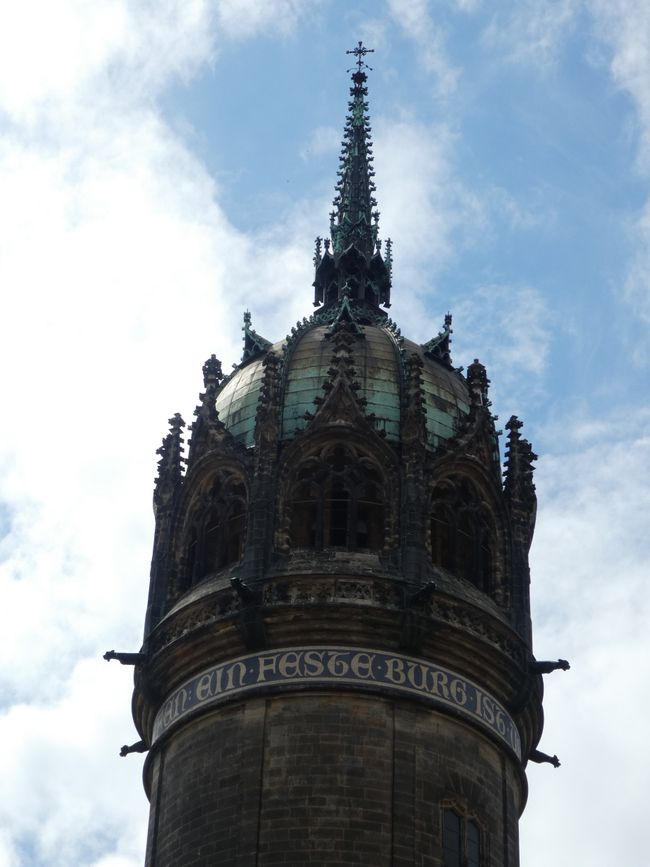
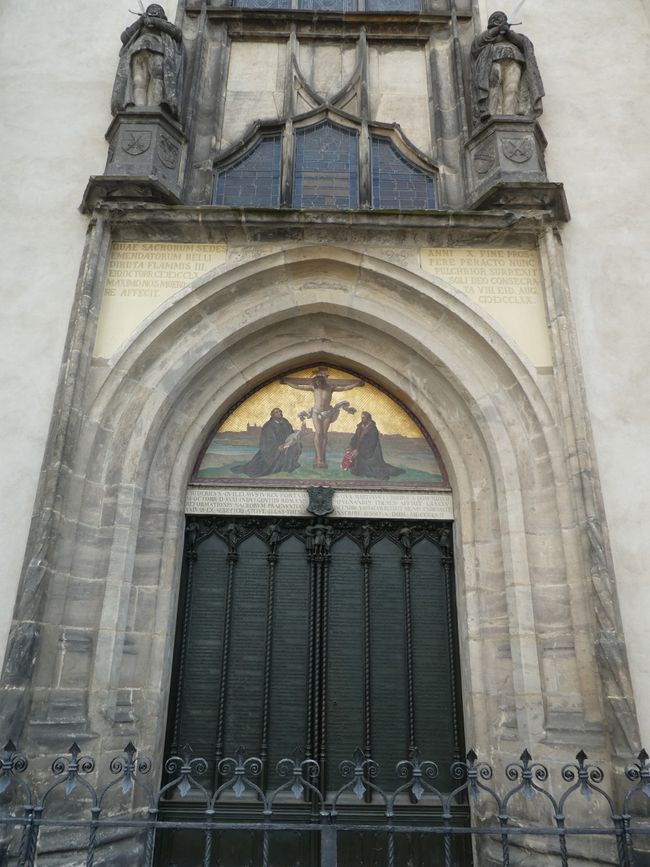
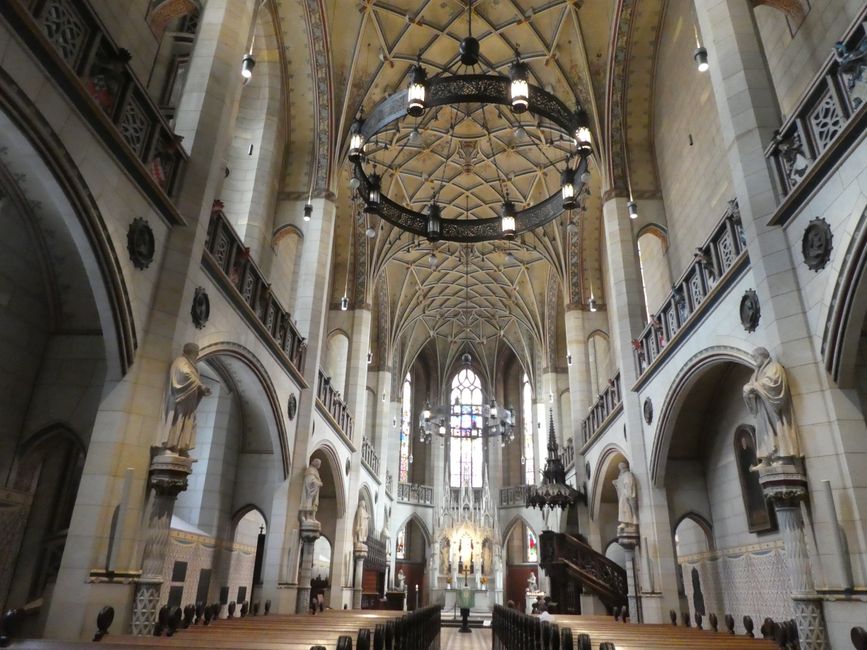
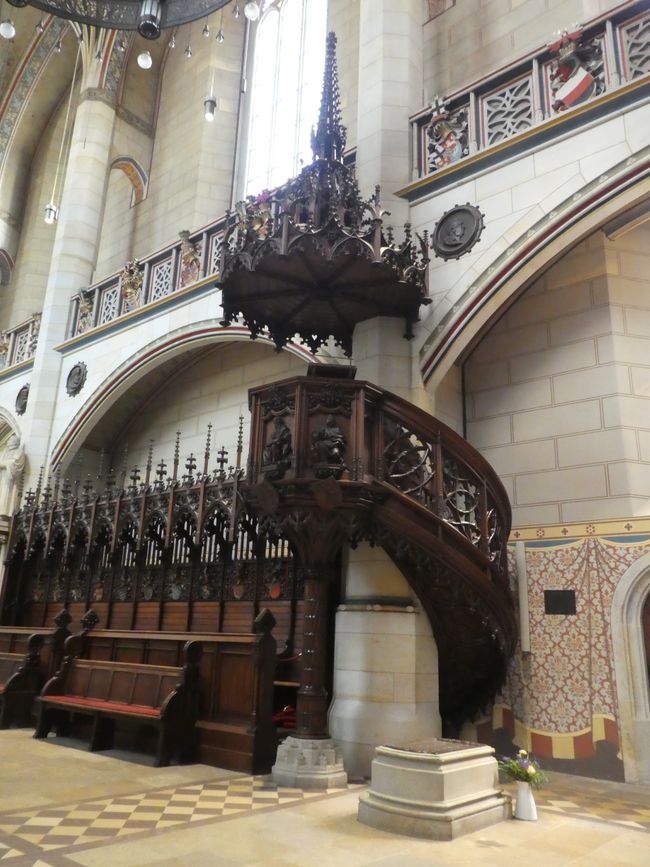
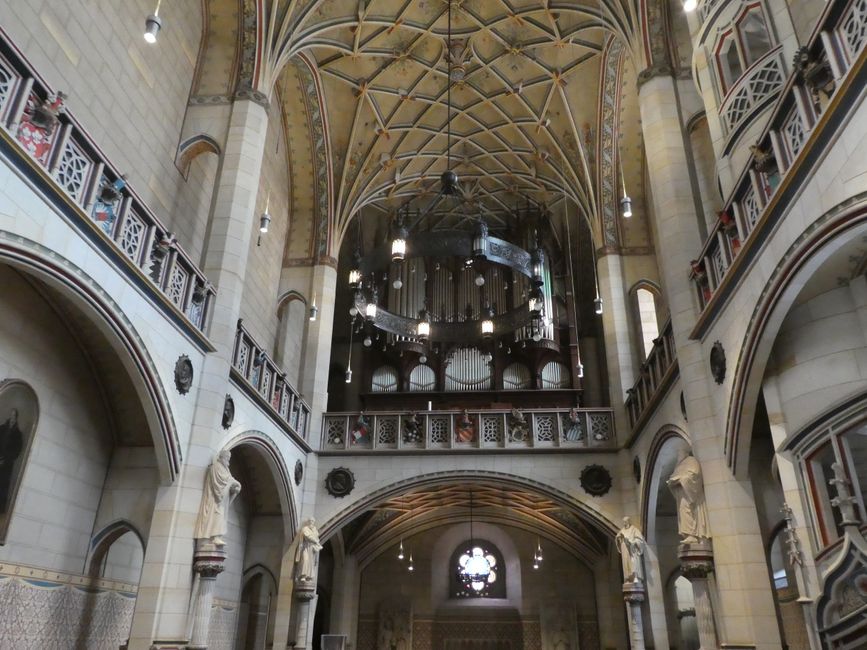
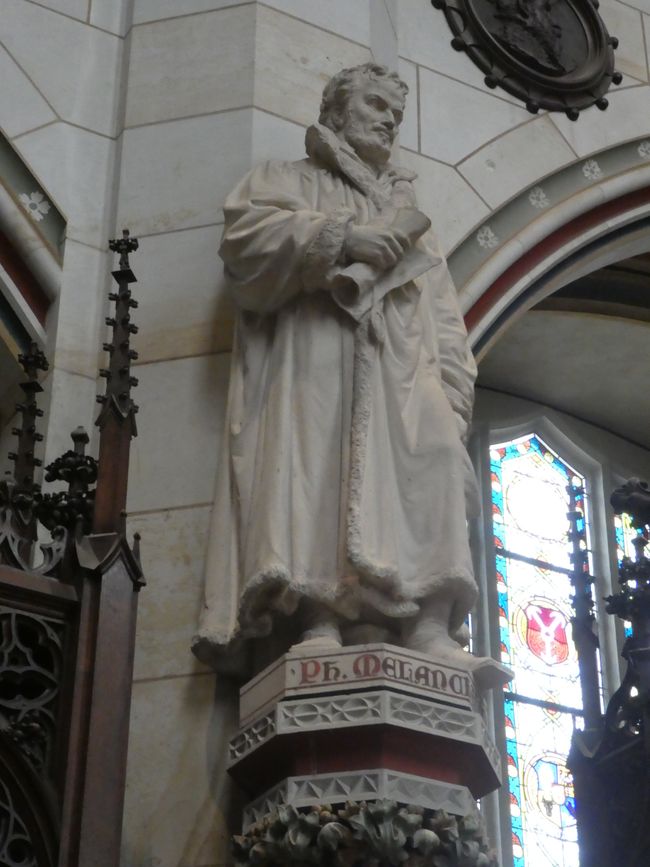
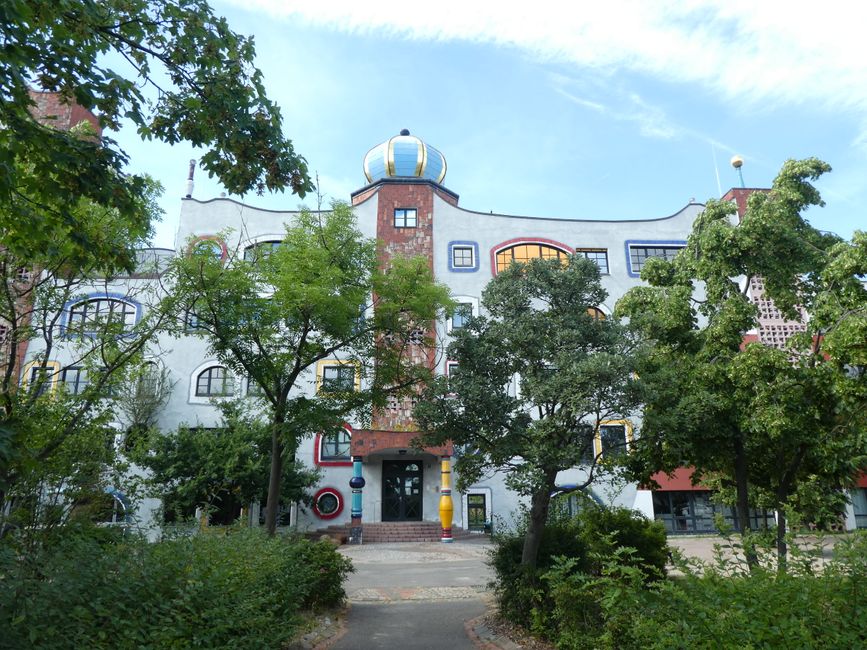
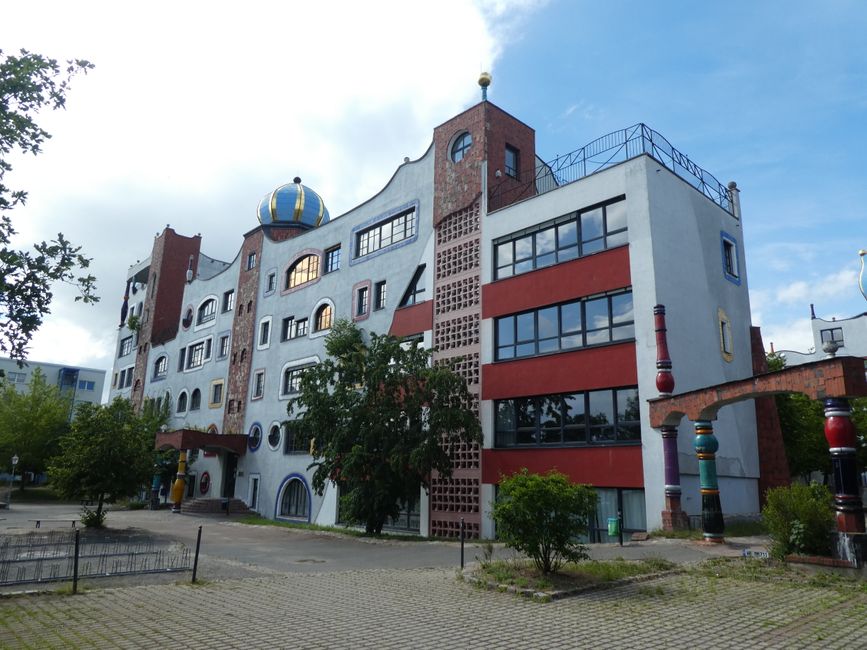
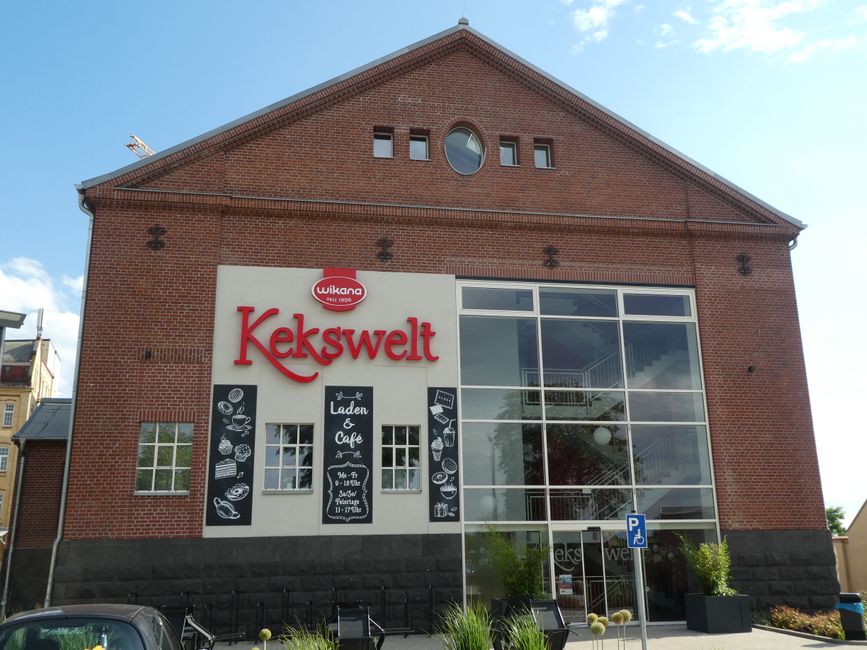
Subscribe to Newsletter
In the morning, we took the ferry across the Elbe River, which departed directly in front of our hotel, to go to Wittenberg. The ferry service was supposed to start at 9 o'clock, so we arrived two minutes early at the ferry dock and waited. We hadn't expected the leisureliness of the ferryman, who was initially on the other side and set off about fifteen minutes later to pick us up along with two other cars that had arrived in the meantime.
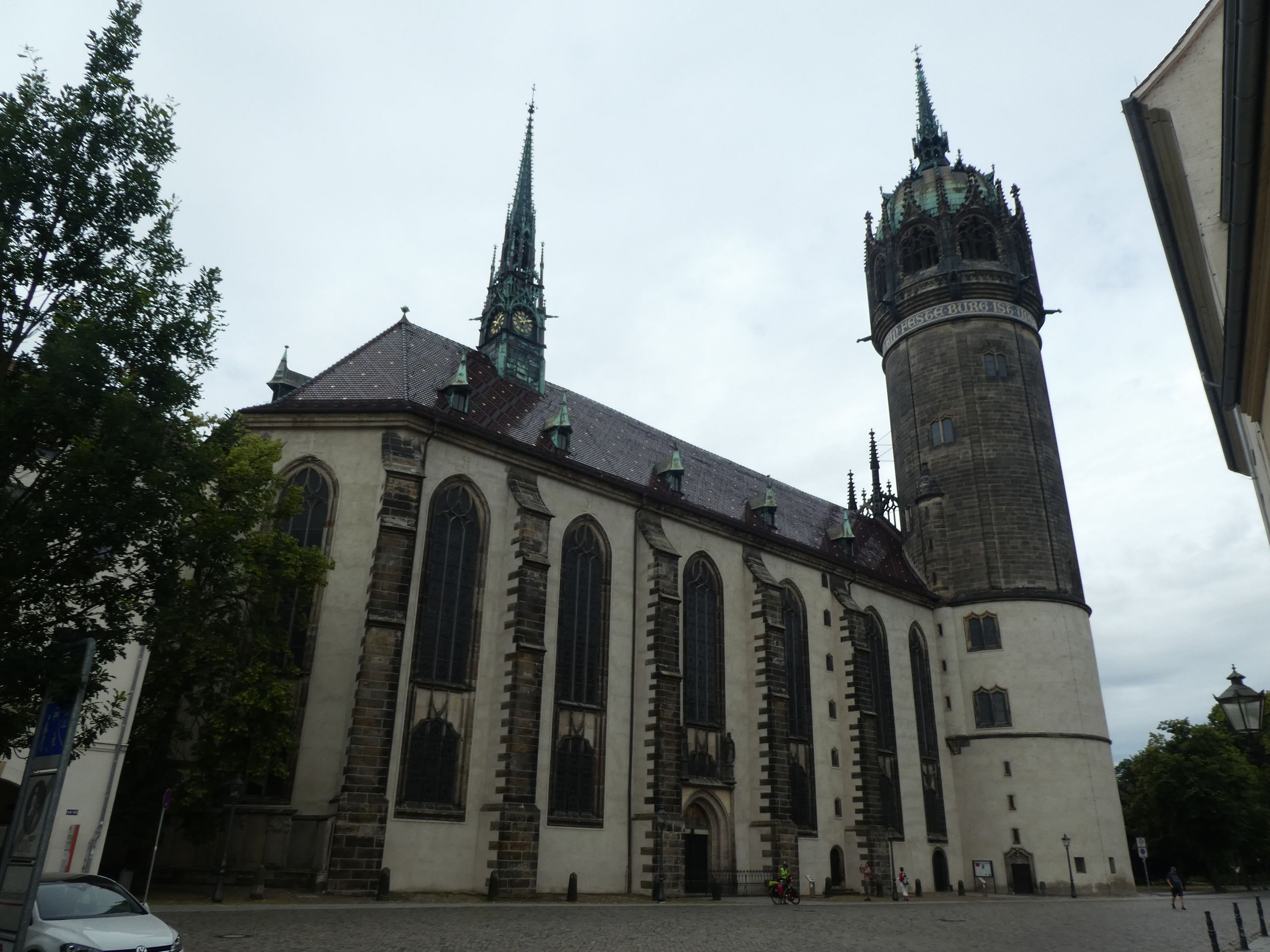
Then we quickly arrived in Wittenberg and walked through the Luther Garden into the city center, passing by the Castle Church on our way to the tourist information center, where we got two audio guides for our city tour.
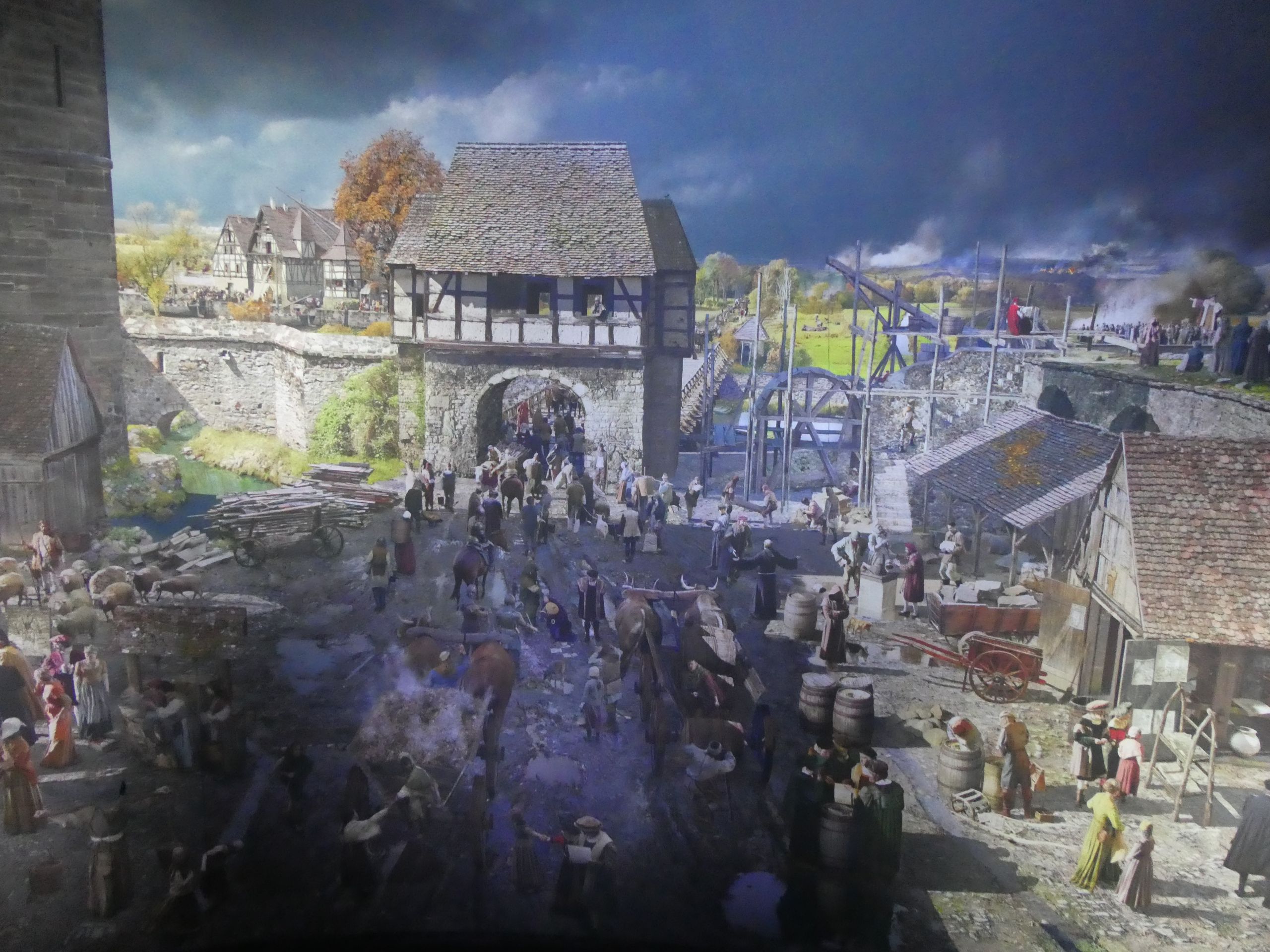
But first we visited the 'historic' Wittenberg by viewing a 360° panorama by Yadegar Asisi. On a 1100 square meter painting that surrounds the visitor like a cylinder, you can discover various scenes in the city of Wittenberg during Luther's time: Luther preaching in front of the Castle Church or taking away an indulgence letter from a man. Changing light simulates day and night, and sounds and appropriate music underscore the scenes depicted.
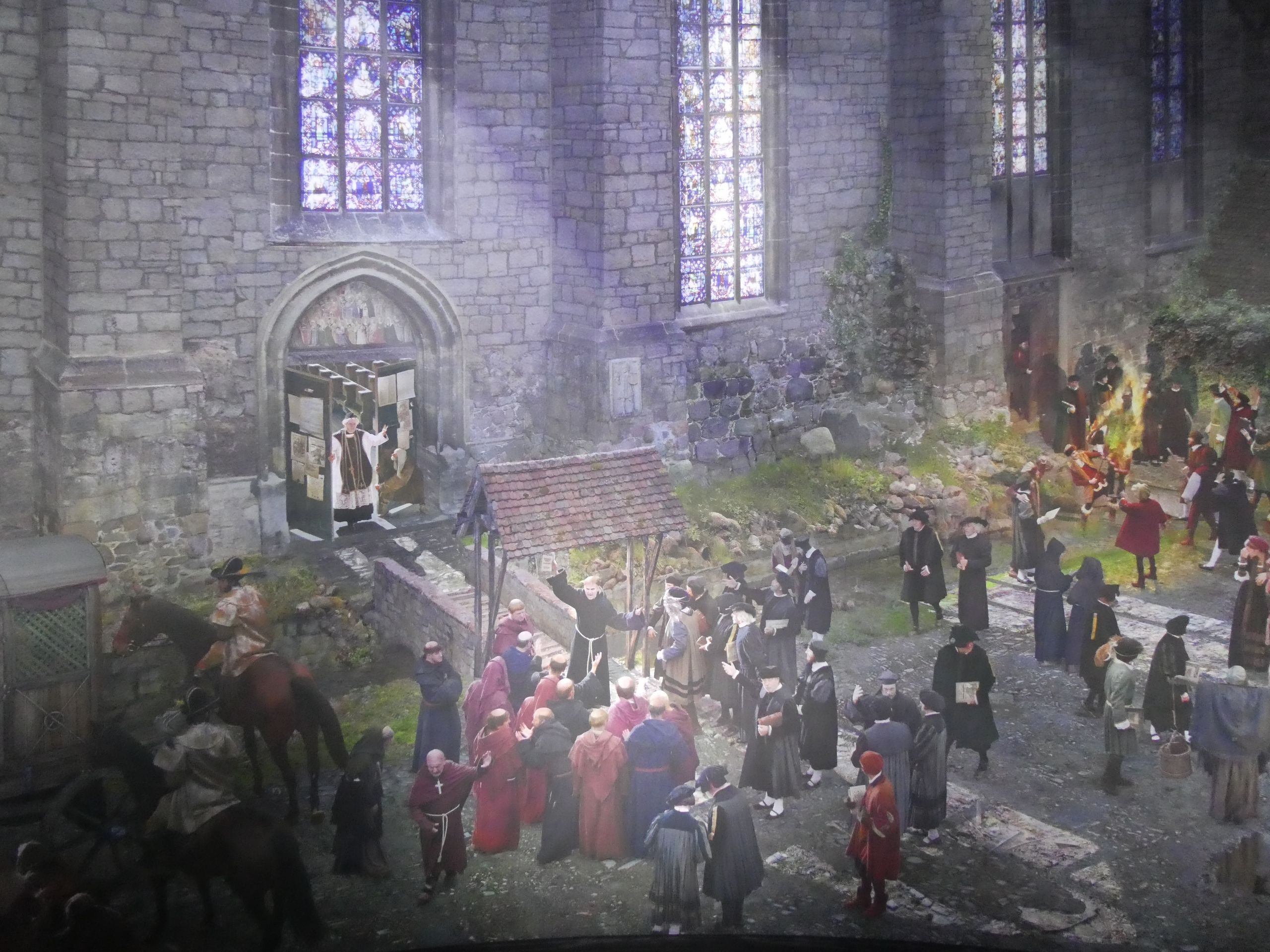
Once we were in the mood for Luther's time, we made a detour to the nearby Luthereiche. It was planted in the spot where Luther burned the papal ban and some writings of the Catholic Church. However, the tree that stands there today is a replanting: during the French occupation, the first tree fell victim to the need for wood.
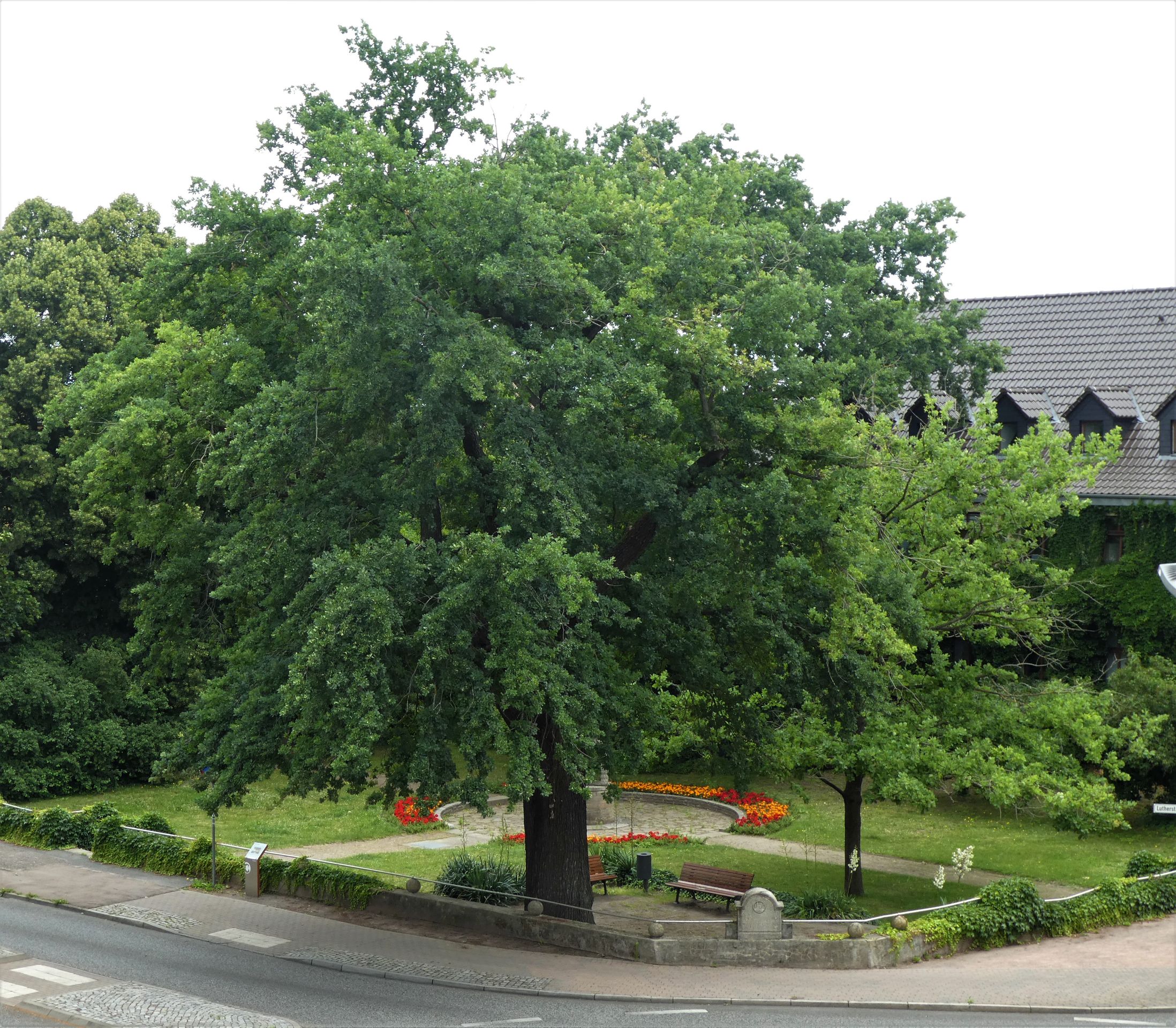
Then we continued to the Lutherhaus, which is located in the former Collegium Augusteum. The house was a gift from the Elector to Luther, and he lived there with his wife Katharina von Bora, his children, some orphaned nephews and nieces, and at times a whole bunch of students to whom the family rented rooms.
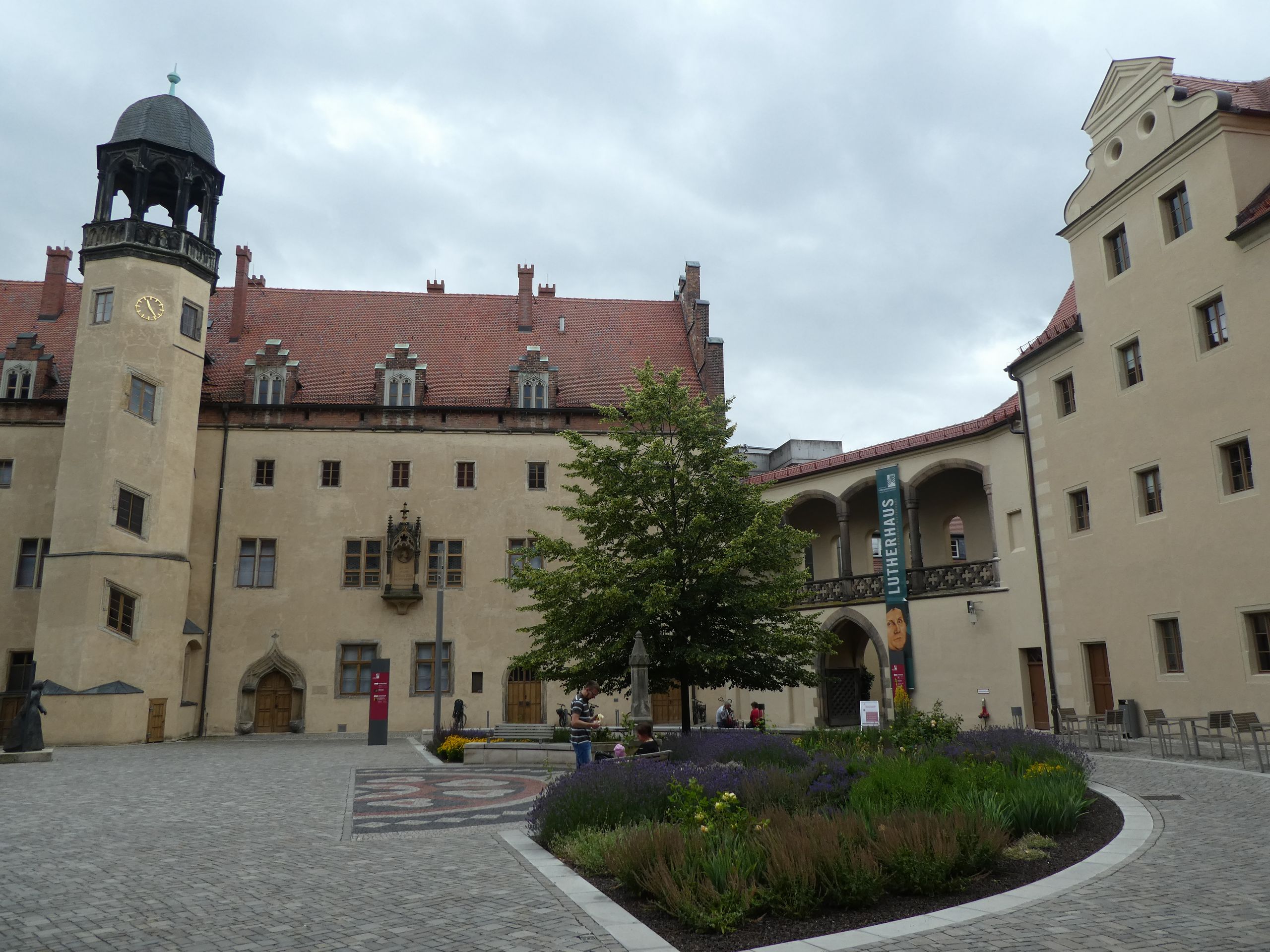
Katharina von Bora diligently took care of the family's finances, raised livestock, grew vegetables and necessities, and brewed her own beer.
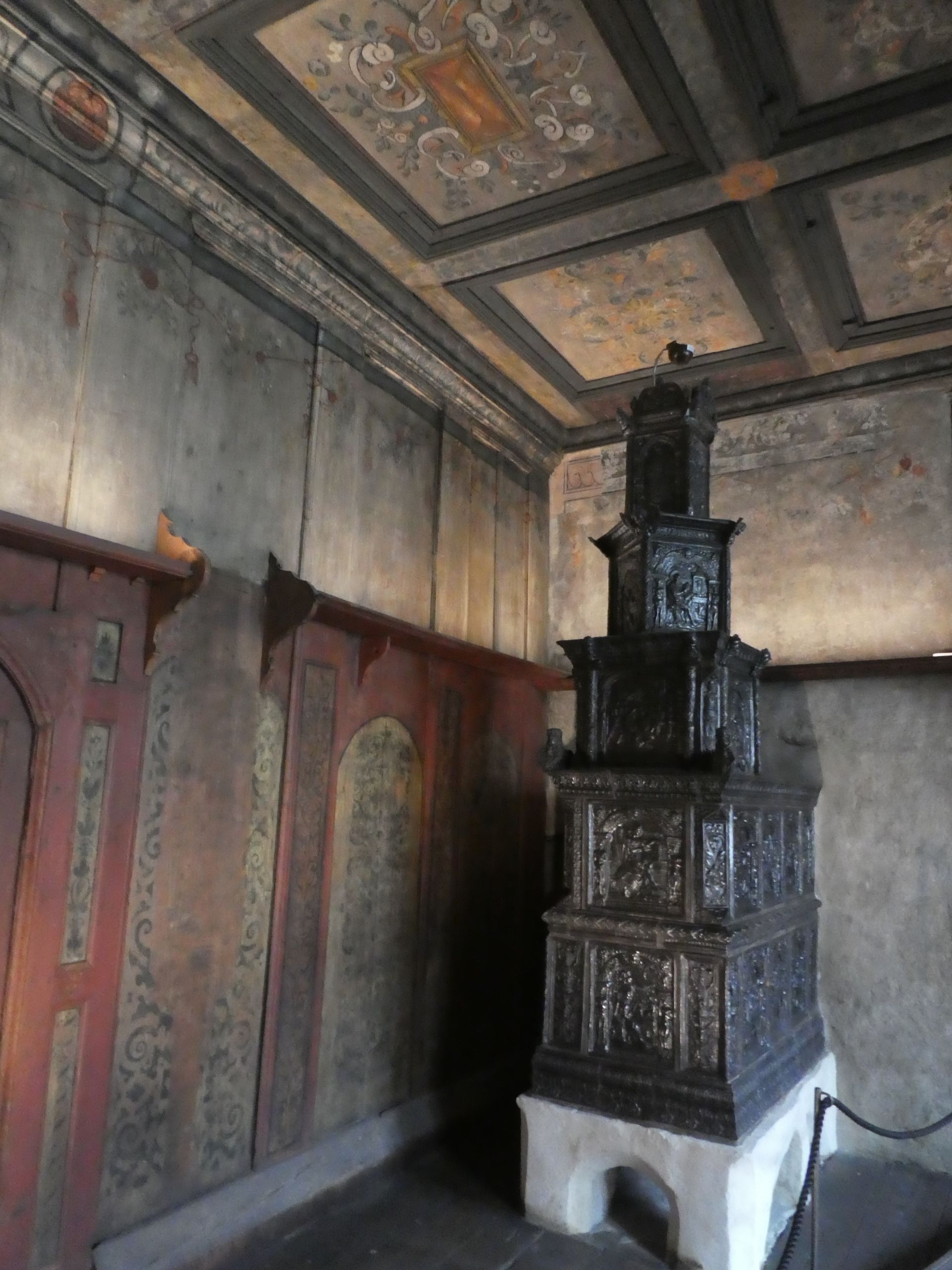
A few steps away lived a close associate of Luther: the reformer Philipp Melanchthon.
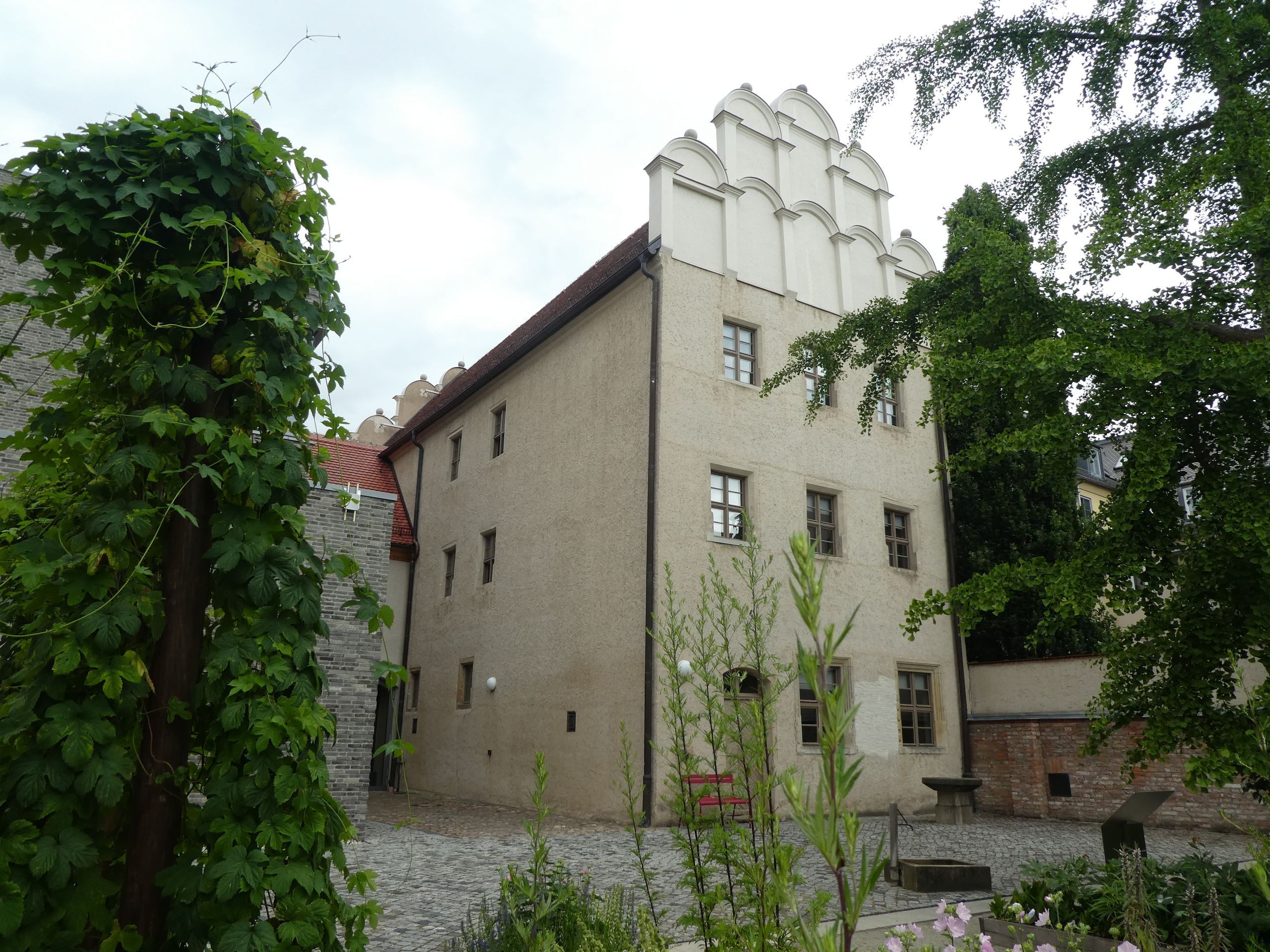
He worked and studied diligently and imagined heaven as a large study room.
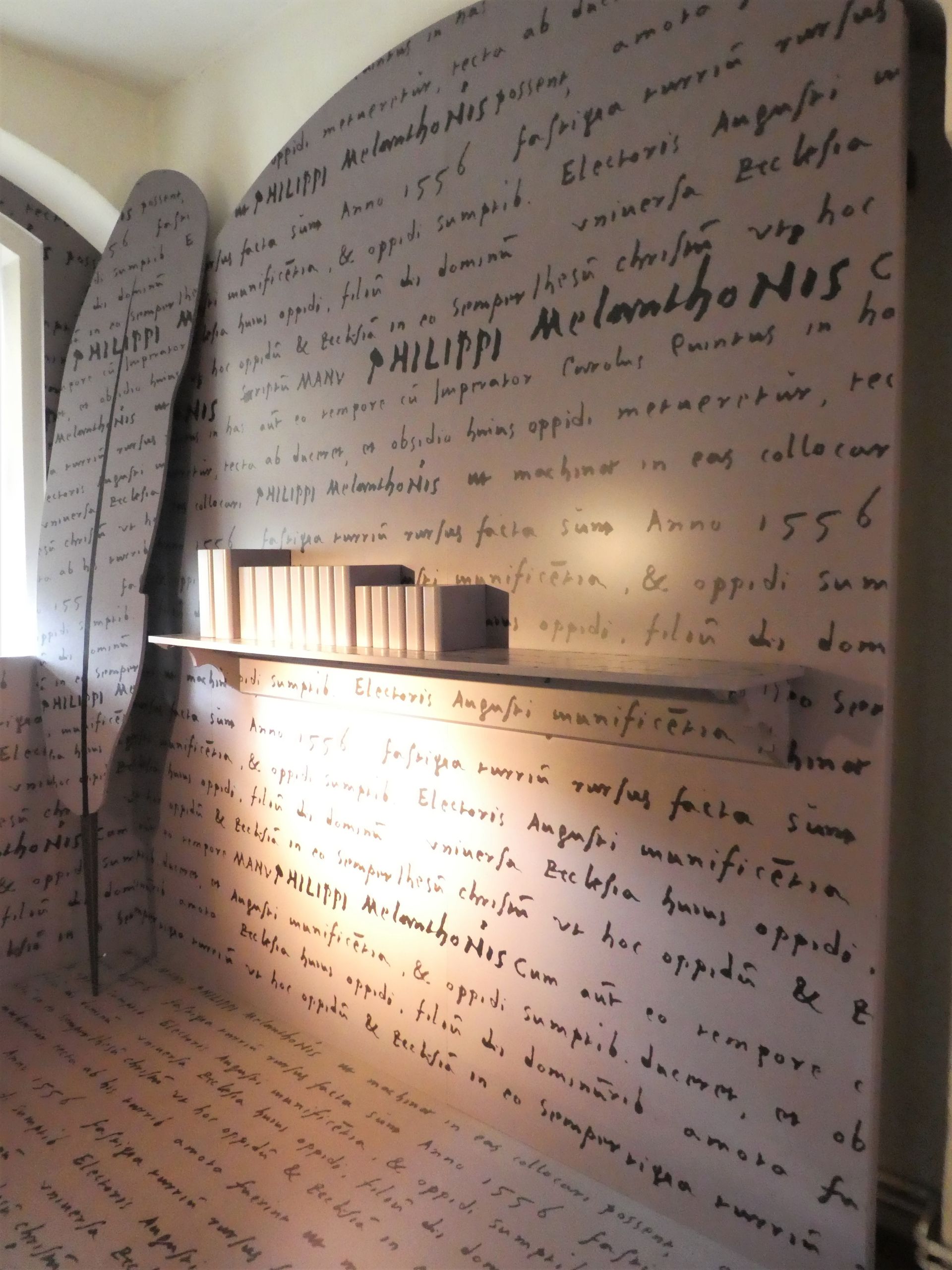
His former residence, which was given to him by the Prince and the University, now houses an exhibition about his life and work.
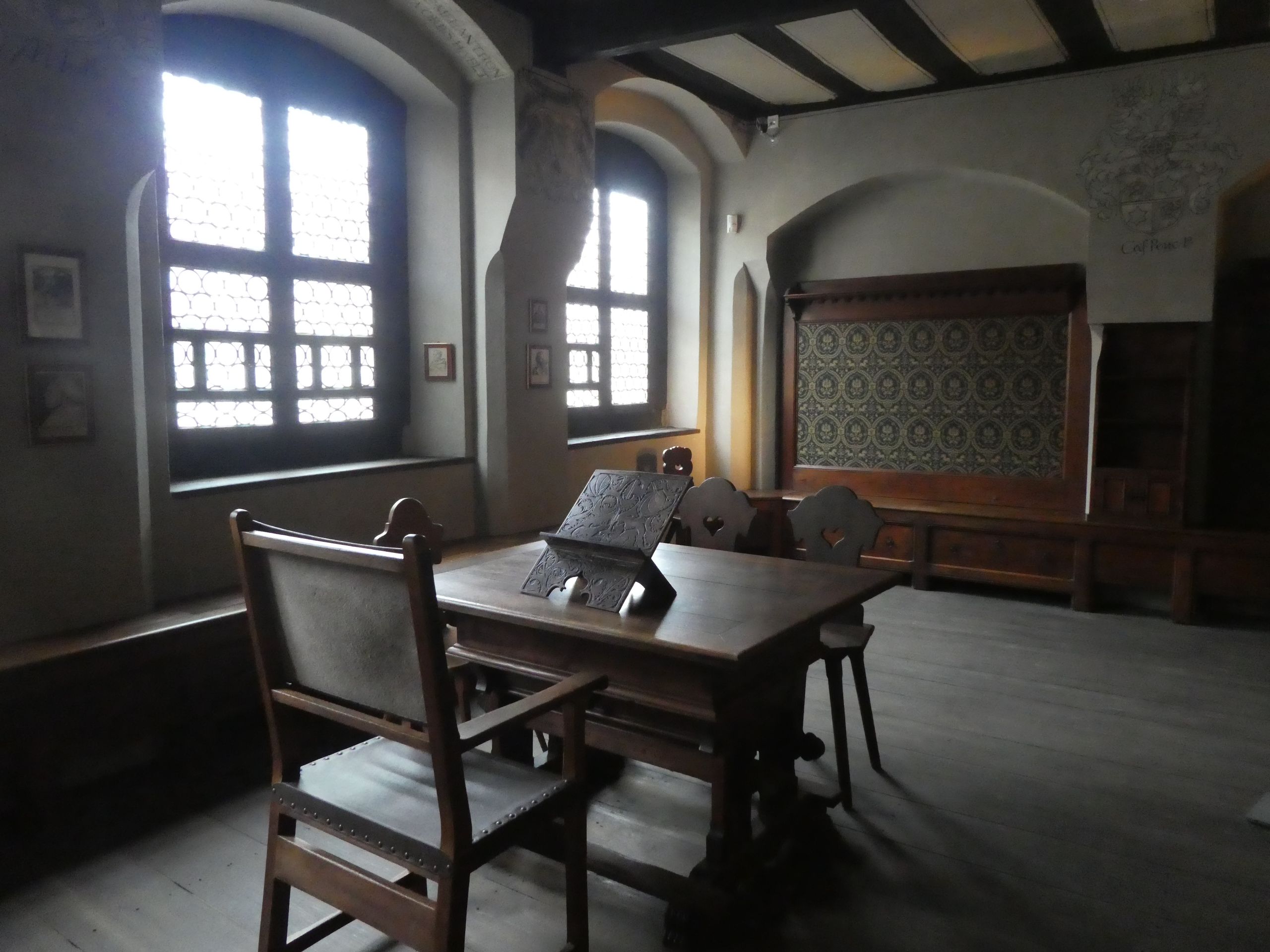
After visiting these three exhibitions, we remembered Luther's trip to Rome and stopped at an Italian restaurant for lunch before continuing our journey.
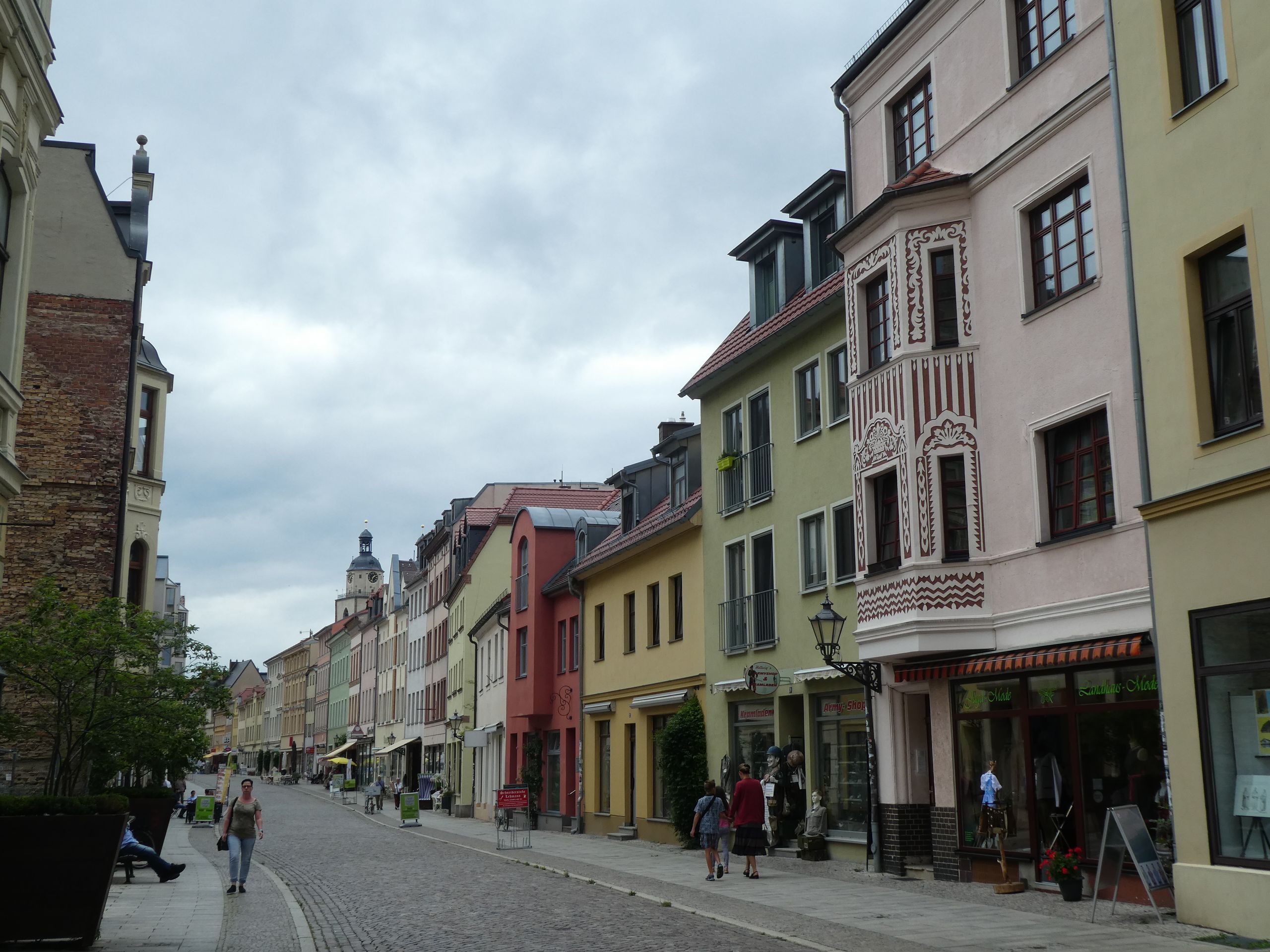
On the marketplace, we not only saw the magnificent town hall, but also the portraits of the two great reformers Luther and Melanchthon.
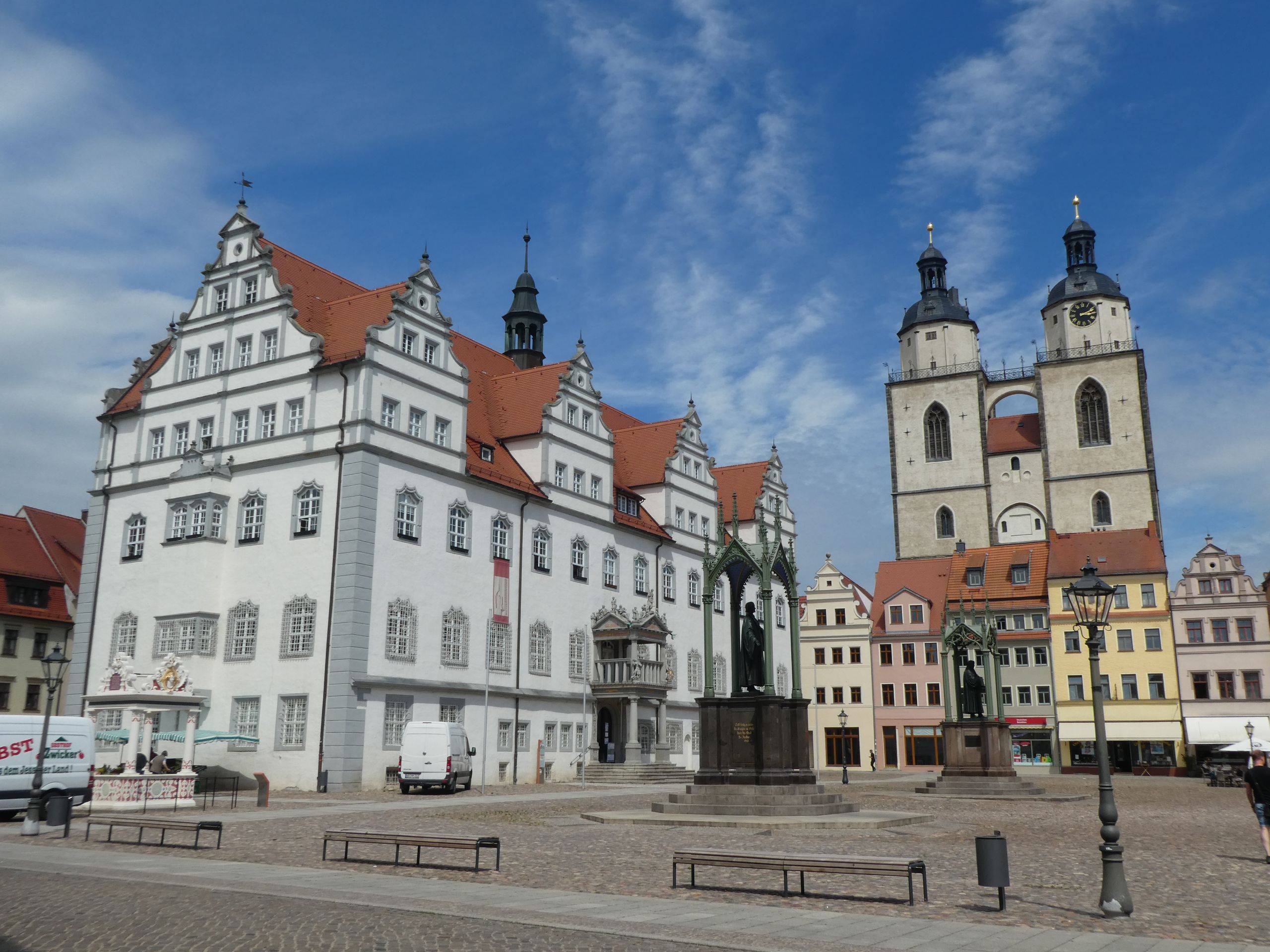
Various houses where Cranach lived are also located on the marketplace. The painter family also contributed to the spread of the Reformation with their works and produced an impressive number of portraits in their workshop, which we had already admired in various museums and churches.
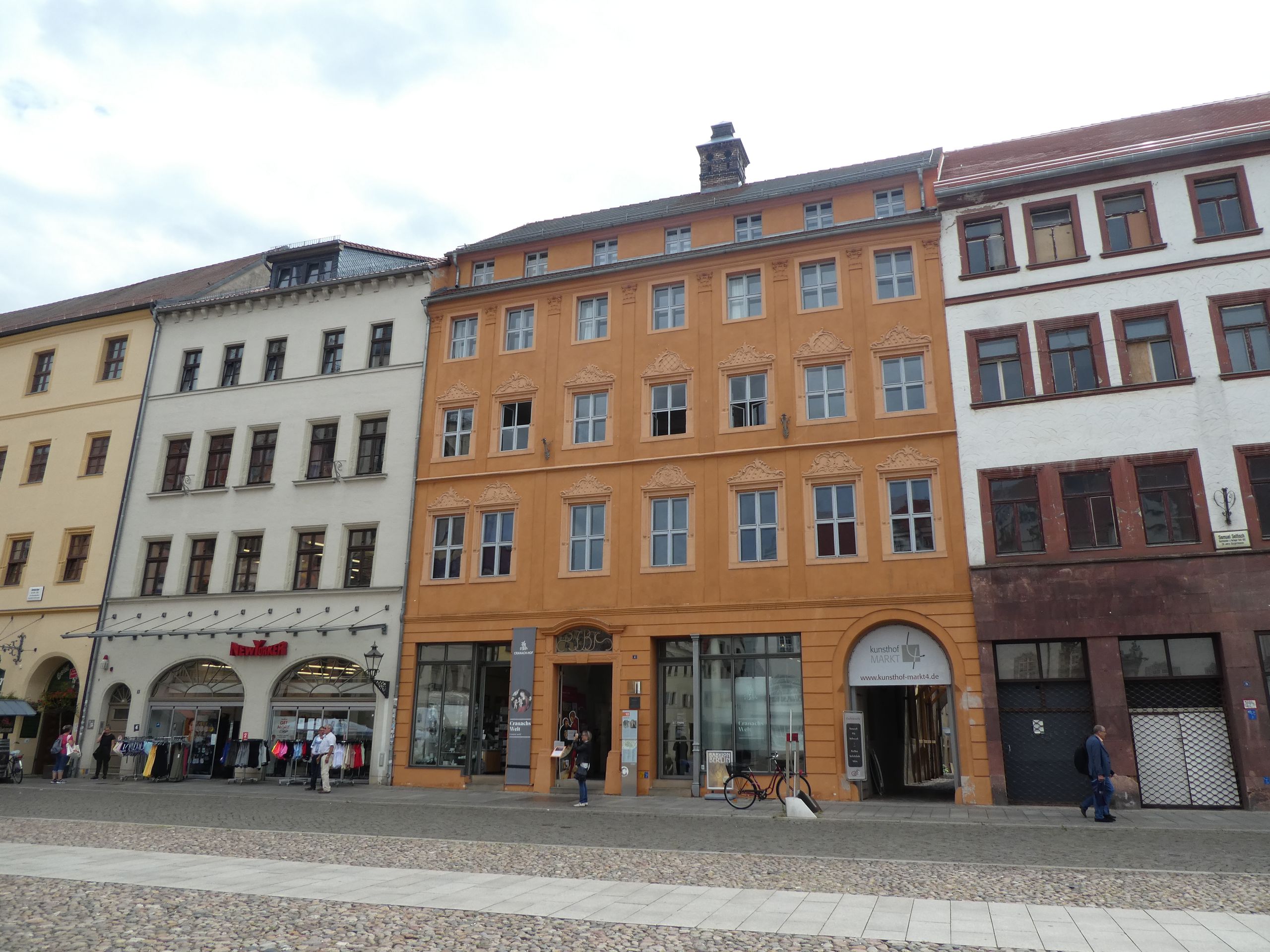
One square further is St. Mary's Church, where Luther preached. The spires of the church were torn down during the Schmalkaldic War to make room for cannons. From 1555 to 1558, new spires were built as replacements.
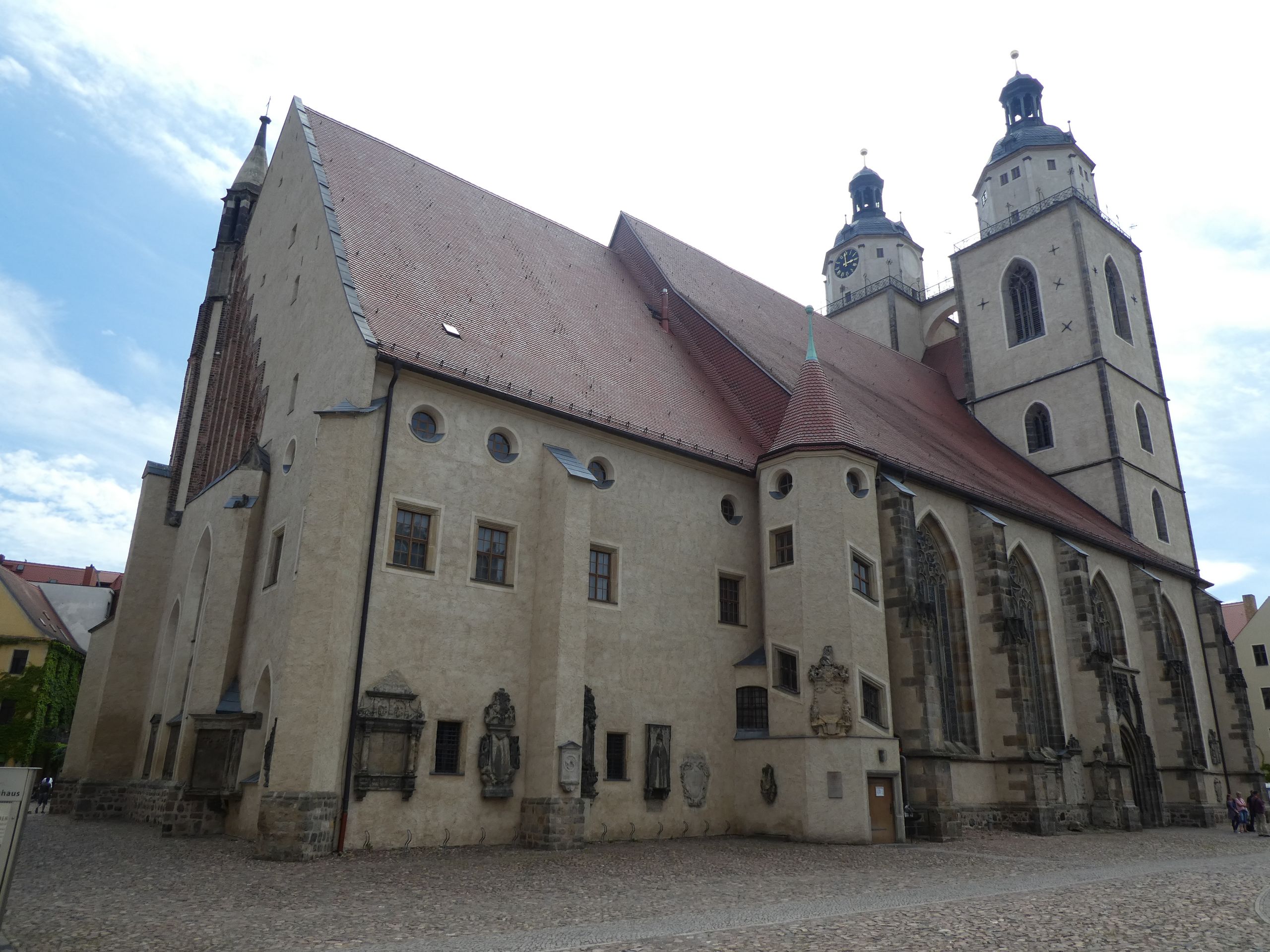
The church has a rich interior - especially when you consider that in Luther's absence, Andreas Karlstadt represented the more radical side of the Reformation and called for the removal of all portraits in the church.
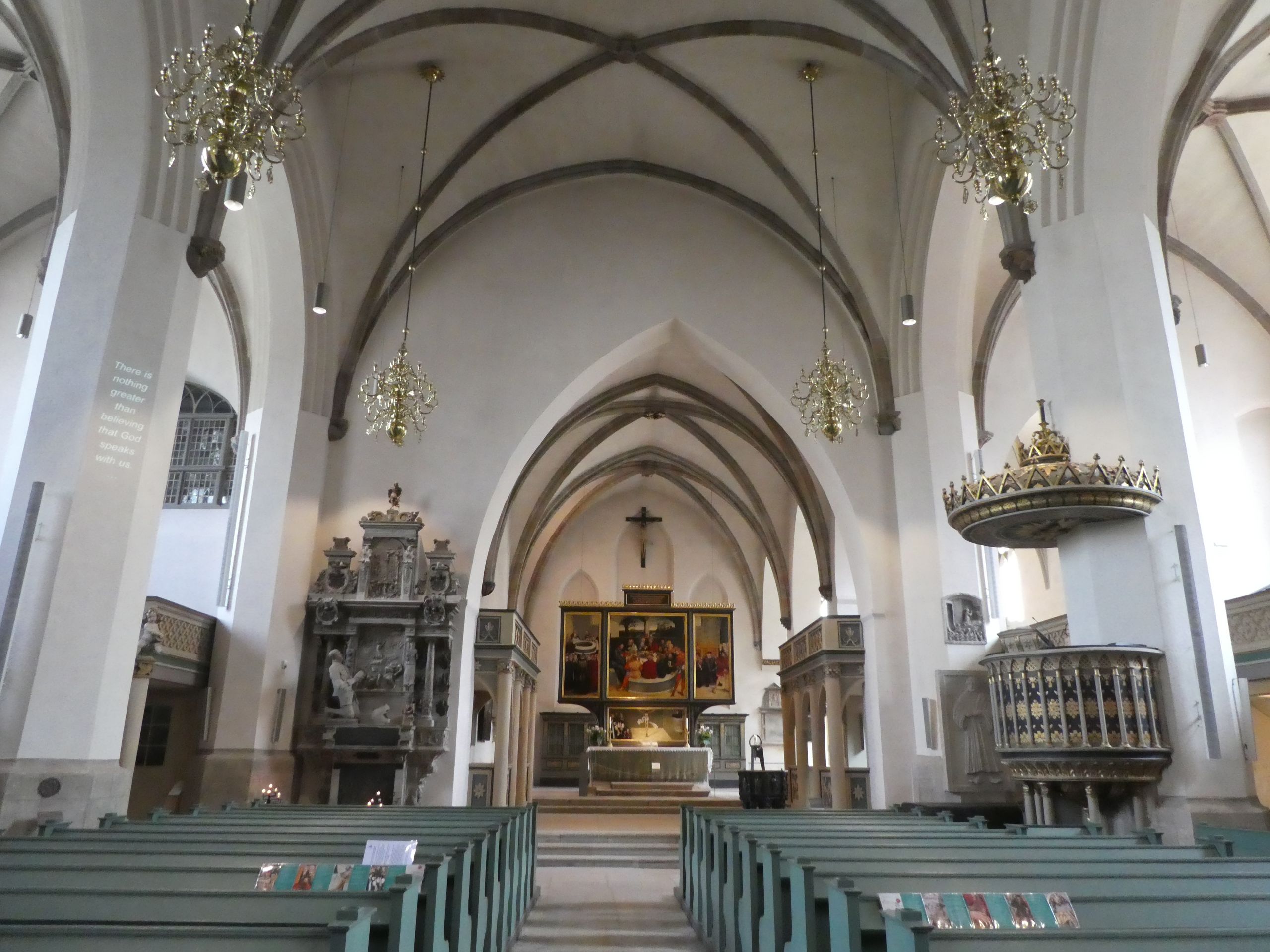
Here too, we could see a work from the Cranach workshop: the Reformation Altar, whose central panel was painted by the Elder Cranach and whose wings were possibly painted by the Younger Cranach.
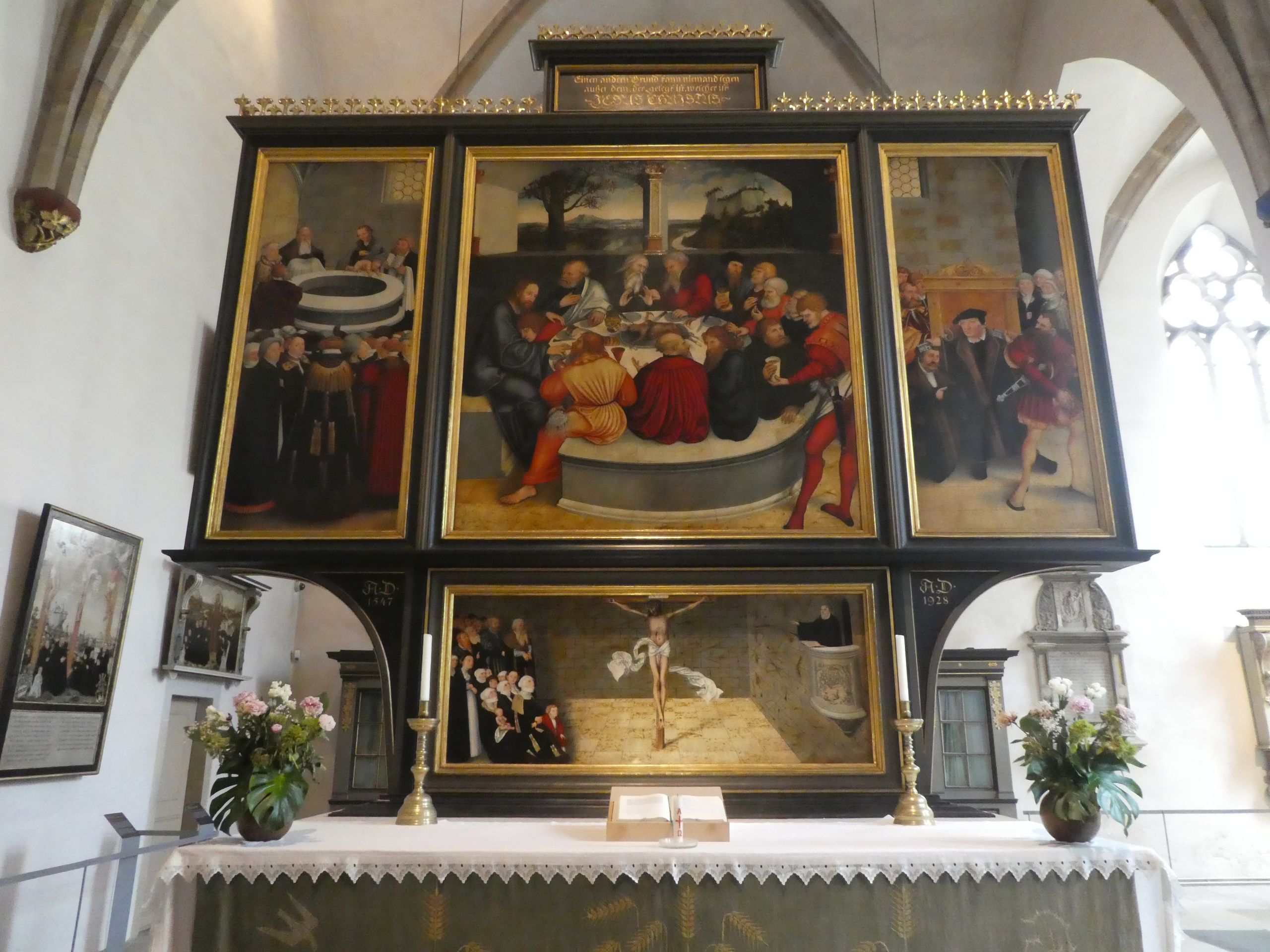
From there, we walked back to the castle and Castle Church along the Schlossstraße.
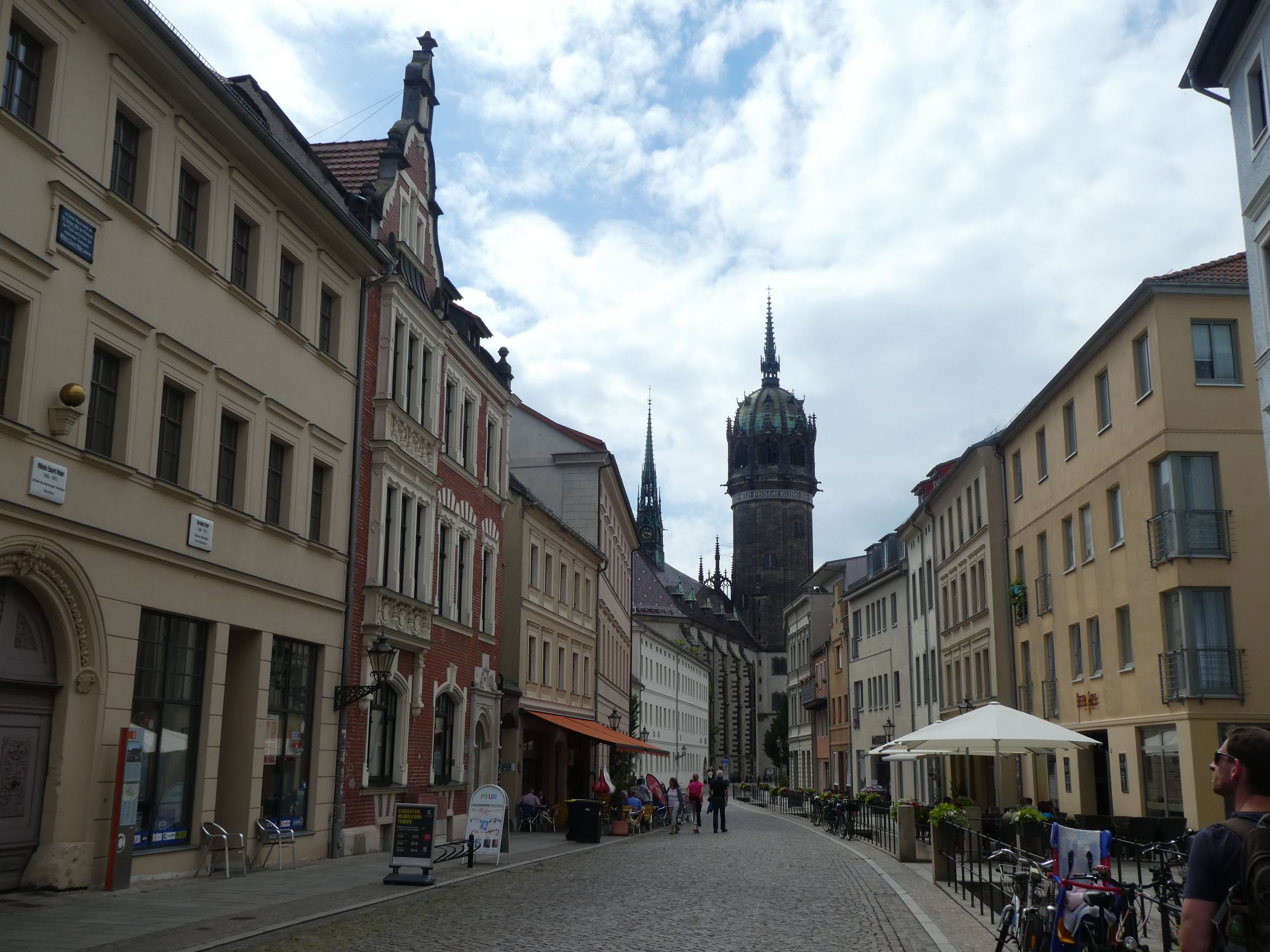
The tower of the Castle Church overlooks the entire city center and its imposing form makes the location of the castle and the associated church visible from afar. Luther's line from the hymn 'A Mighty Fortress Is Our God' is attached to the tower.
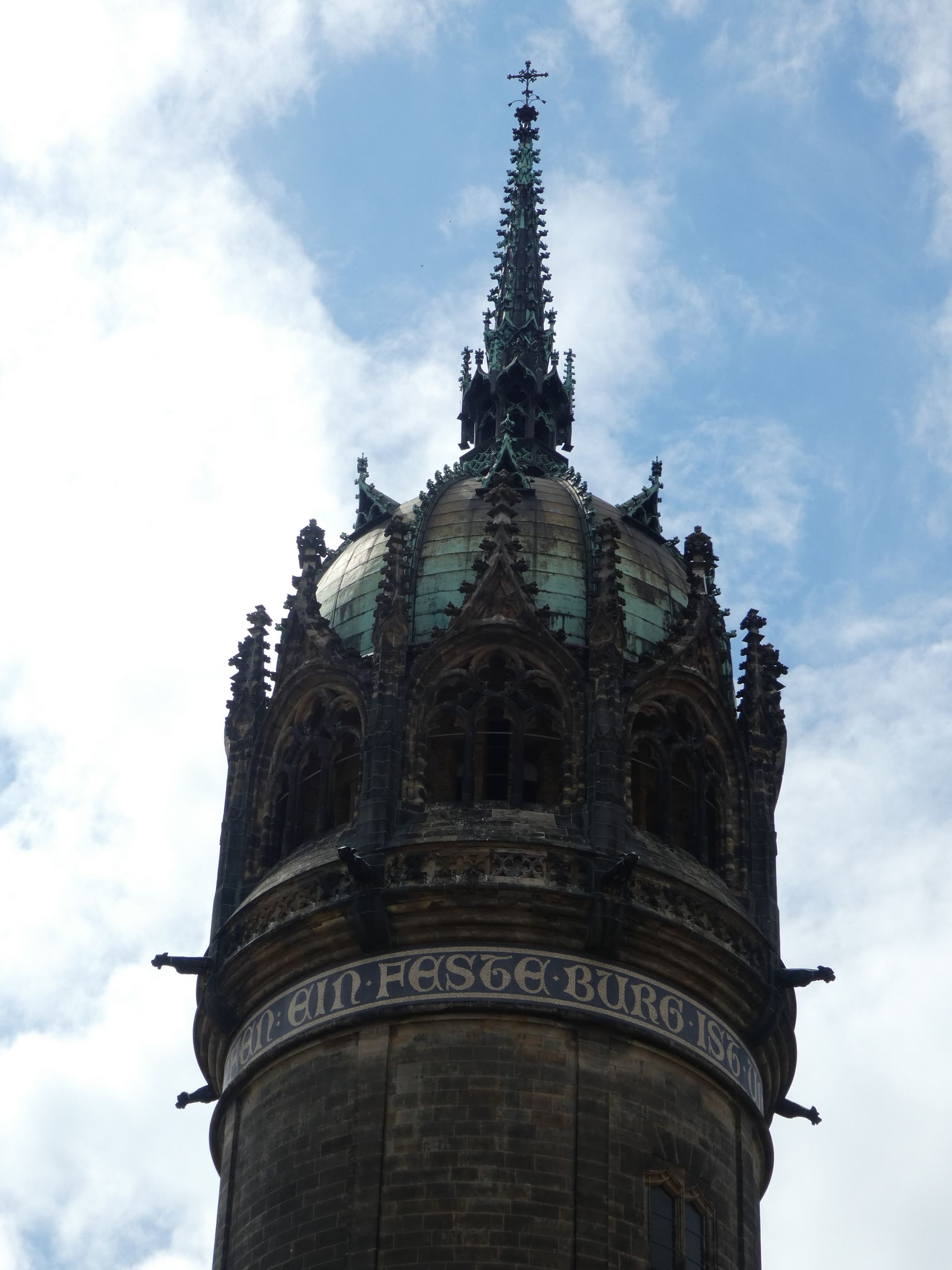
From the outside, we looked at the 'Theses Door'. Today, a bronze door is installed, on which the 95 theses of Luther are engraved, supposedly where the wooden door of the legendary posting of the theses used to be.
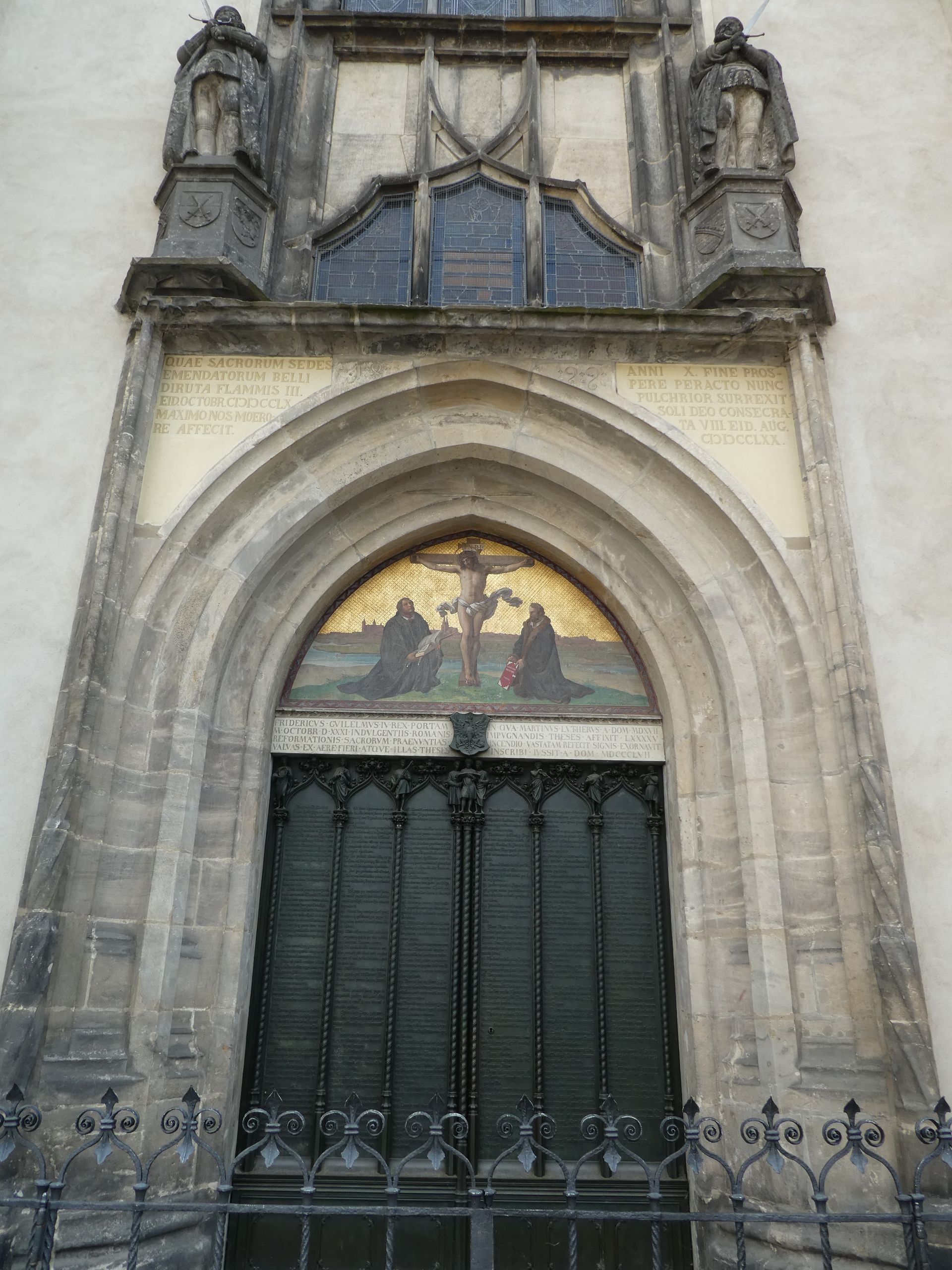
We then entered the Castle Church through a modern visitor center in the castle. The 16th century church had fallen victim to the destruction of the Seven Years' War (just like a third of Wittenberg) and was later redesigned as a 'memorial hall and hall of fame of the Reformation'.
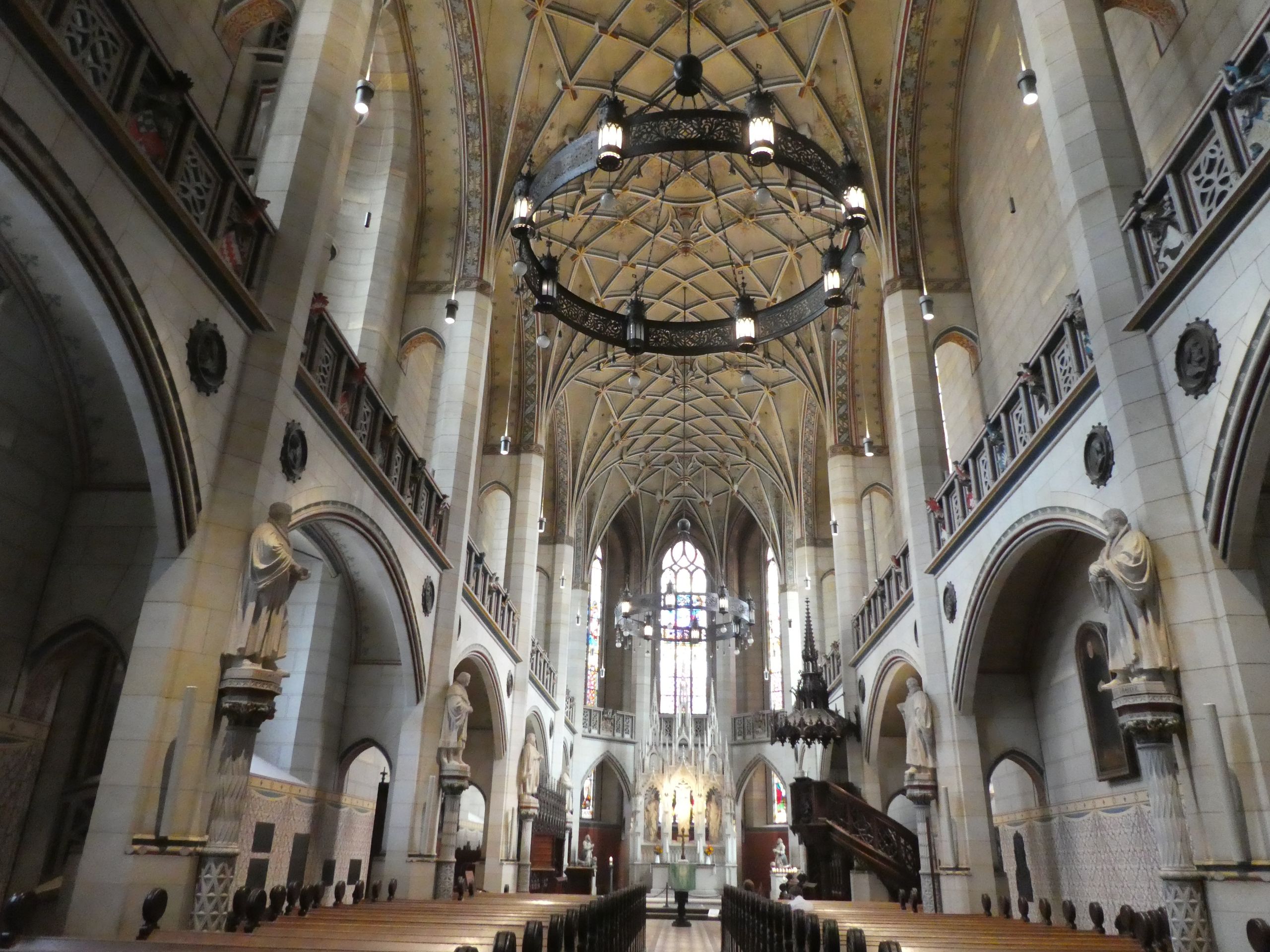
Melanchthon and Luther are buried in the church. Luther's grave is located below the pulpit - fitting for his role as a preacher of the Reformation.
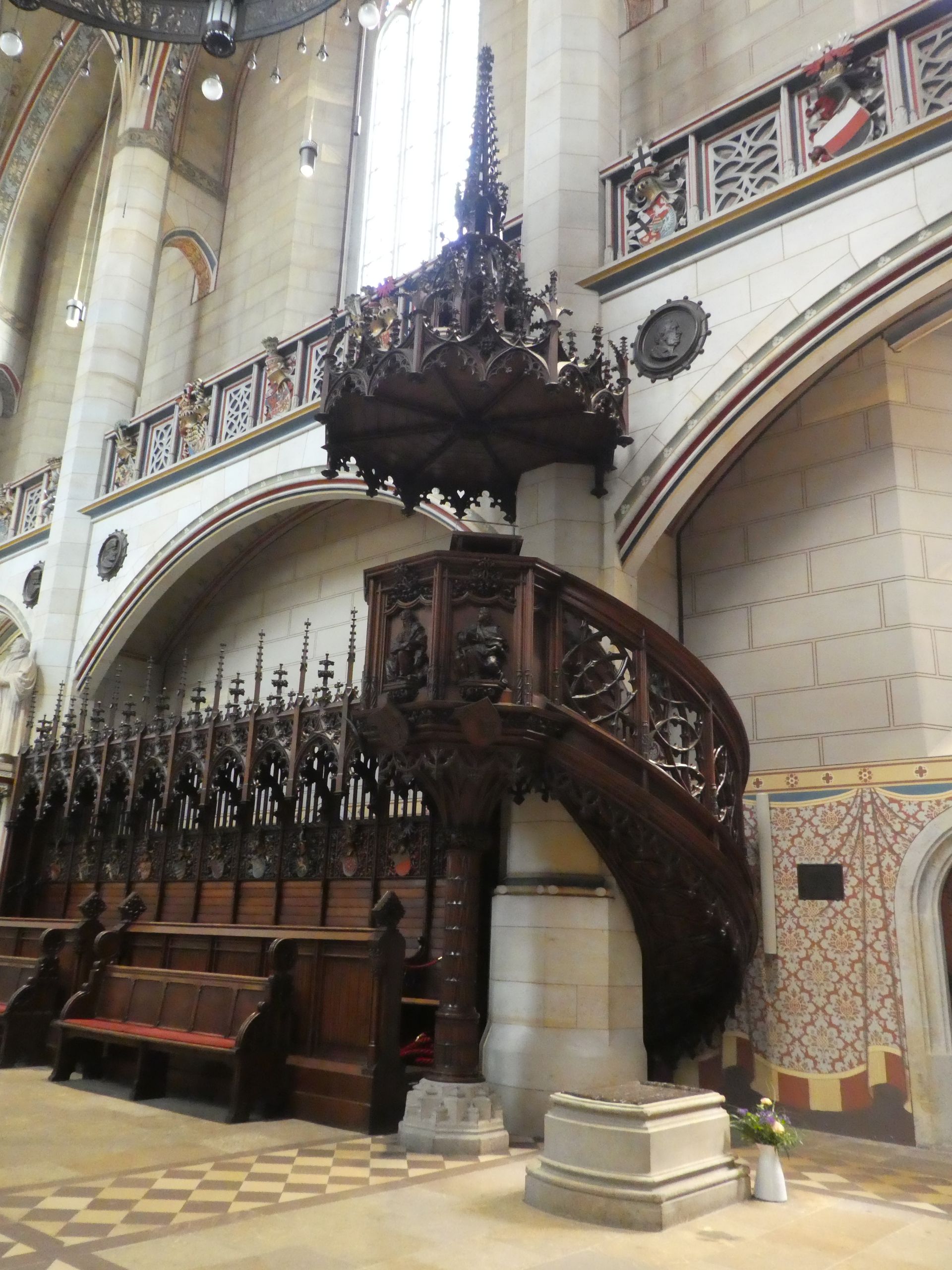
With a short visit to the Reformation exhibition in the castle, our visit to the center of Wittenberg came to an end, and we made two stops on the outskirts of the city:
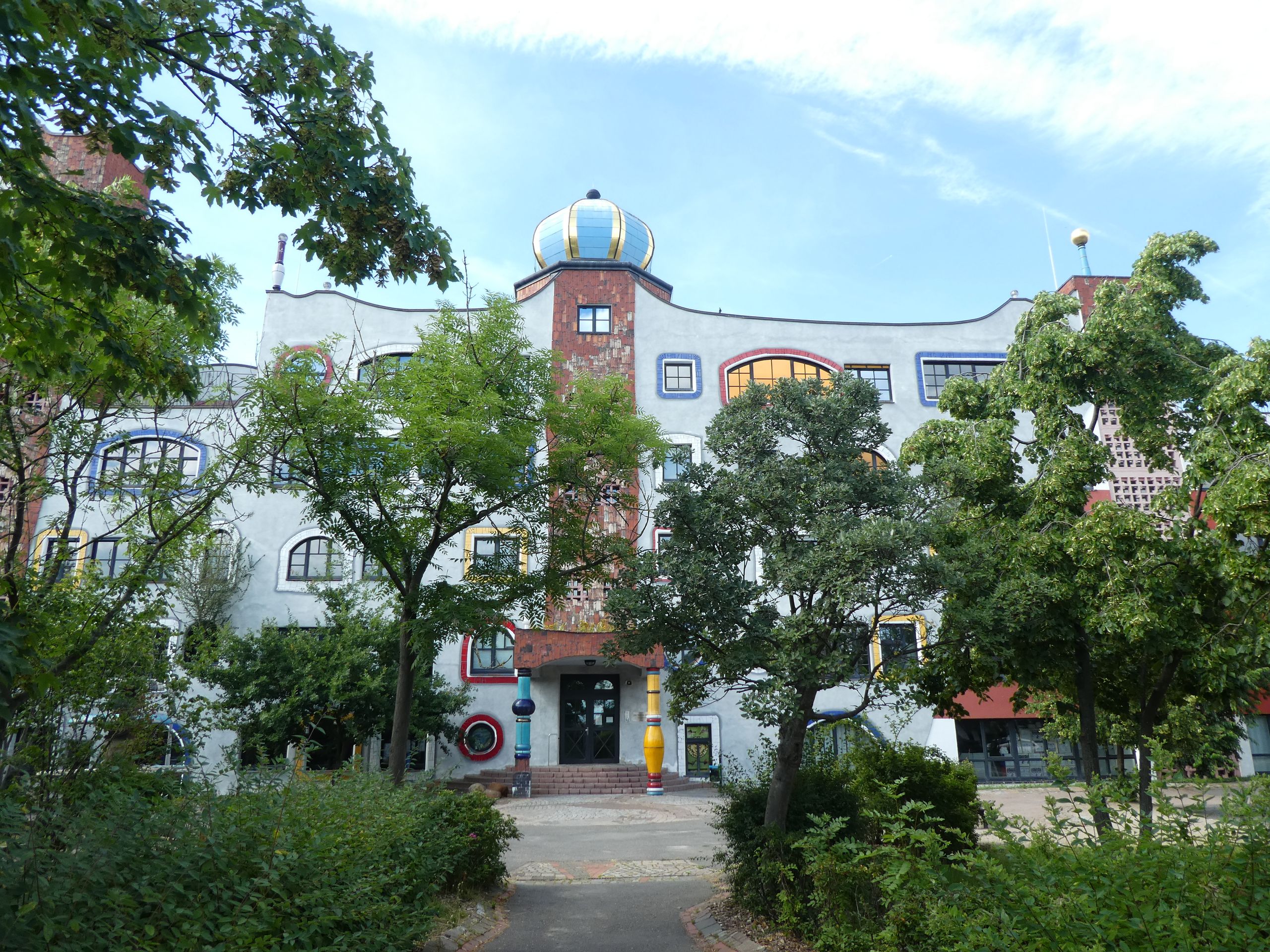
First, we went to the Luther-Melanchthon-Gymnasium. It used to be located in a prefabricated building, and during its renovation, there was a desire for a more appealing design for the school. So the idea came up to decorate the school according to the ideas of Friedensreich Hundertwasser, which now makes it a tourist attraction: some vacationers armed with cameras sneaked around the school grounds and wondered if they could ignore the signs prohibiting unauthorized entry for a photo...
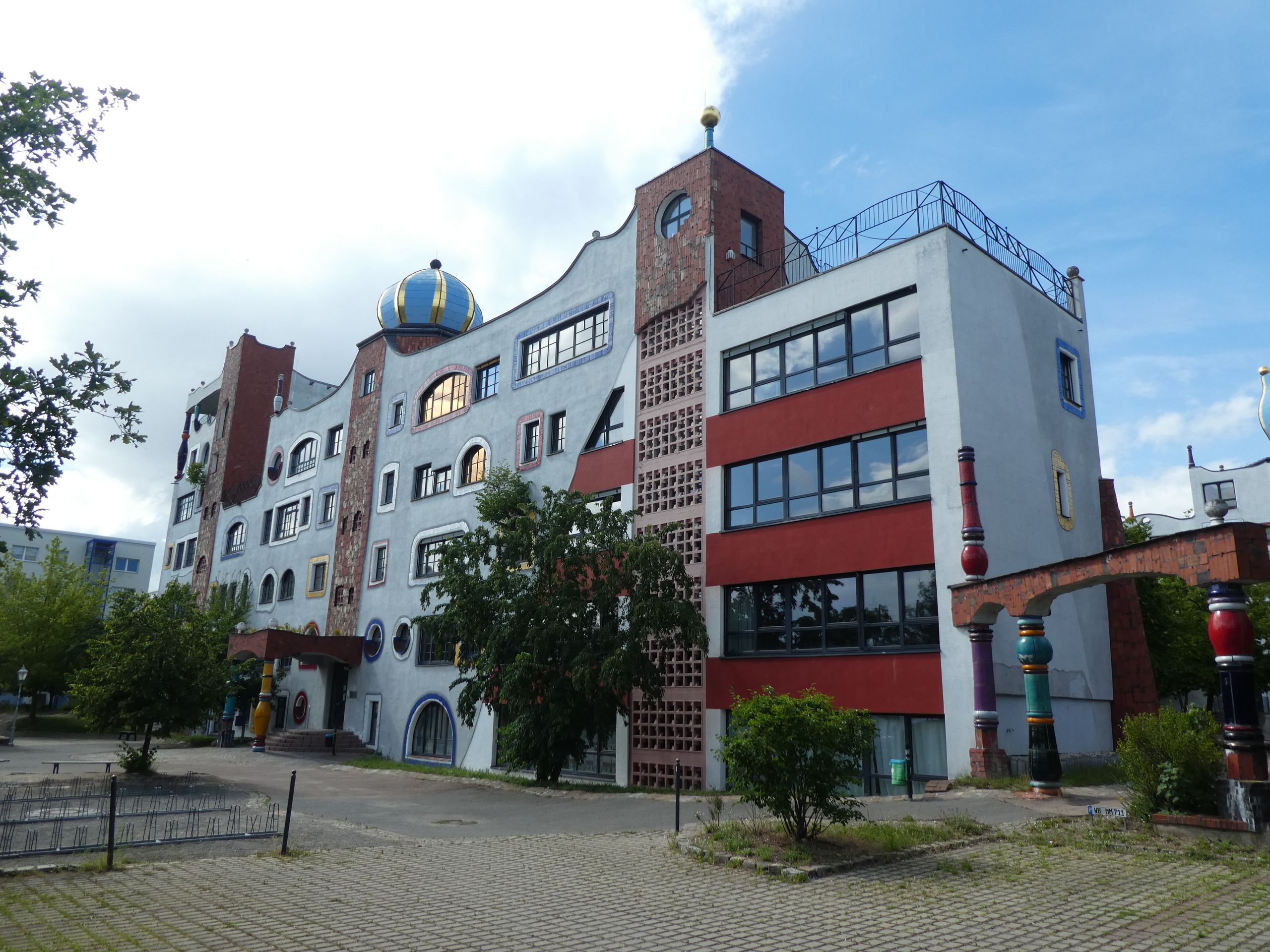
At the end of the day, on our way back, we stopped at the 'Wikana Cookie Factory', where we not only stocked up on various cookies for the rest of the journey, but also ordered a large plate of cookies to try in the café.
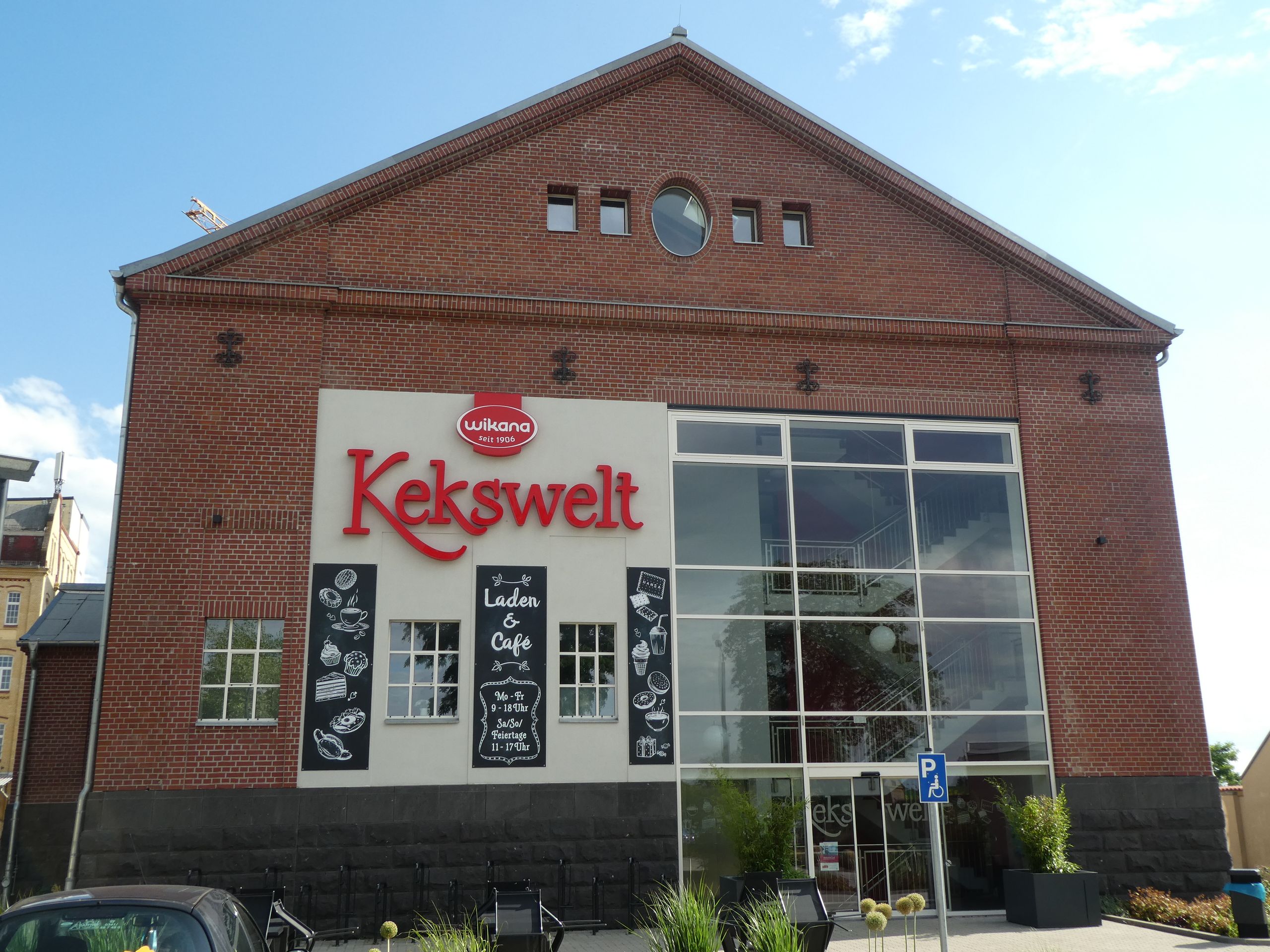
Subscribe to Newsletter
Freagairt
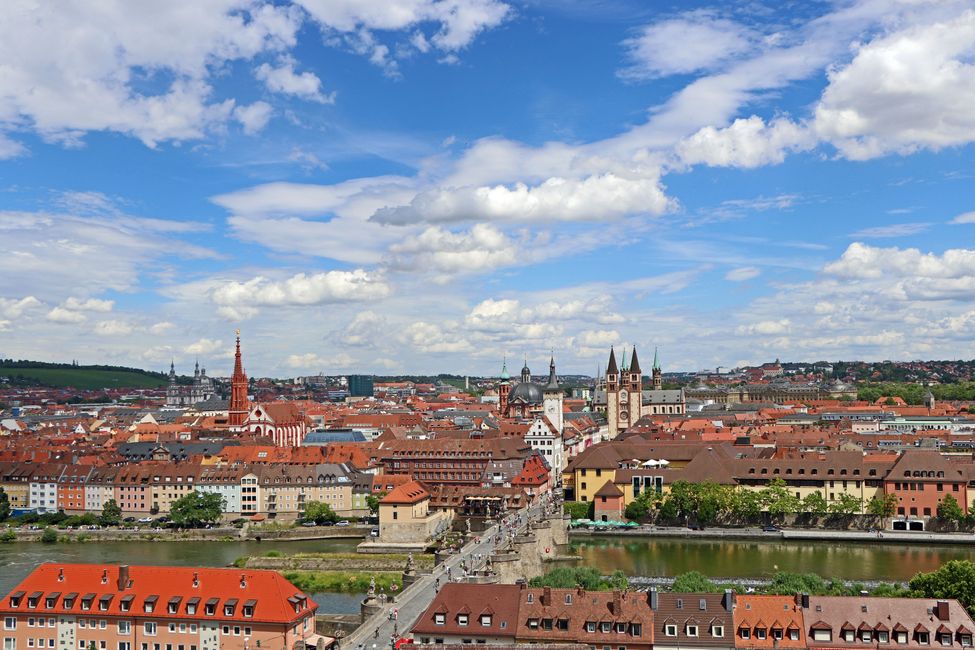
Aithisgean siubhail A' Ghearmailt
